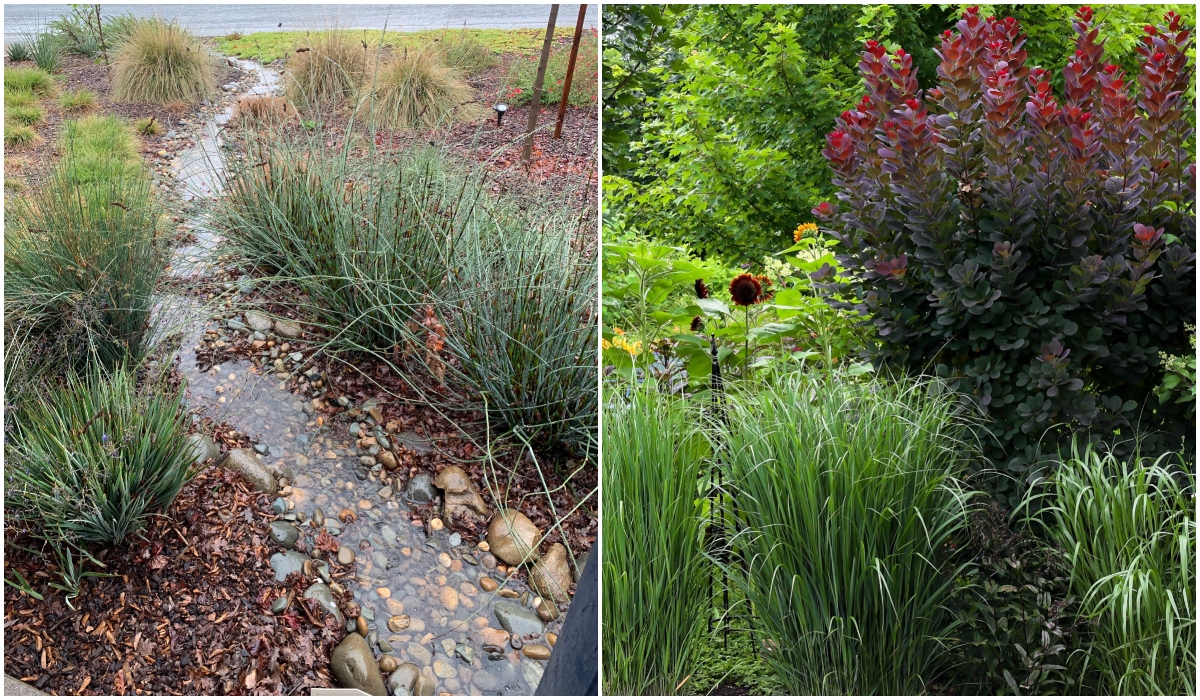
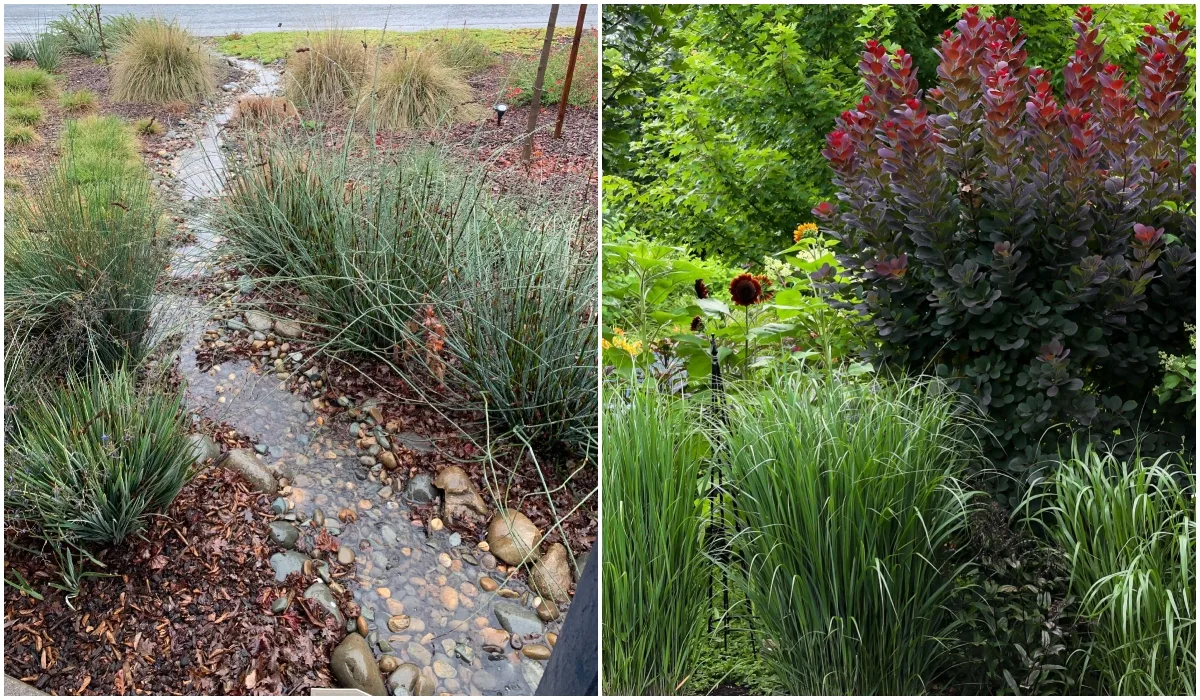
When it rains, it pours. A lot in order that heavy rainfall flows shortly off of roofs and onto some type of paved floor, sometimes with unintended penalties.
With the set up of a rain backyard in the proper place, you may cut back runoff out of your property in a pure approach. Apart from, a well-maintained rain backyard has curb attraction too, so it’s a bonus for any house owner.
A rain backyard may grow to be a shelter for birds or a paradise for pollinators. With the right choice of crops, you may even assist to filter out pollution because the water flows on its approach.
Sound good? Maintain studying as you scroll by this text on the place and how one can design a rain backyard in your personal back- or entrance yard.
What Is A Rain Backyard?
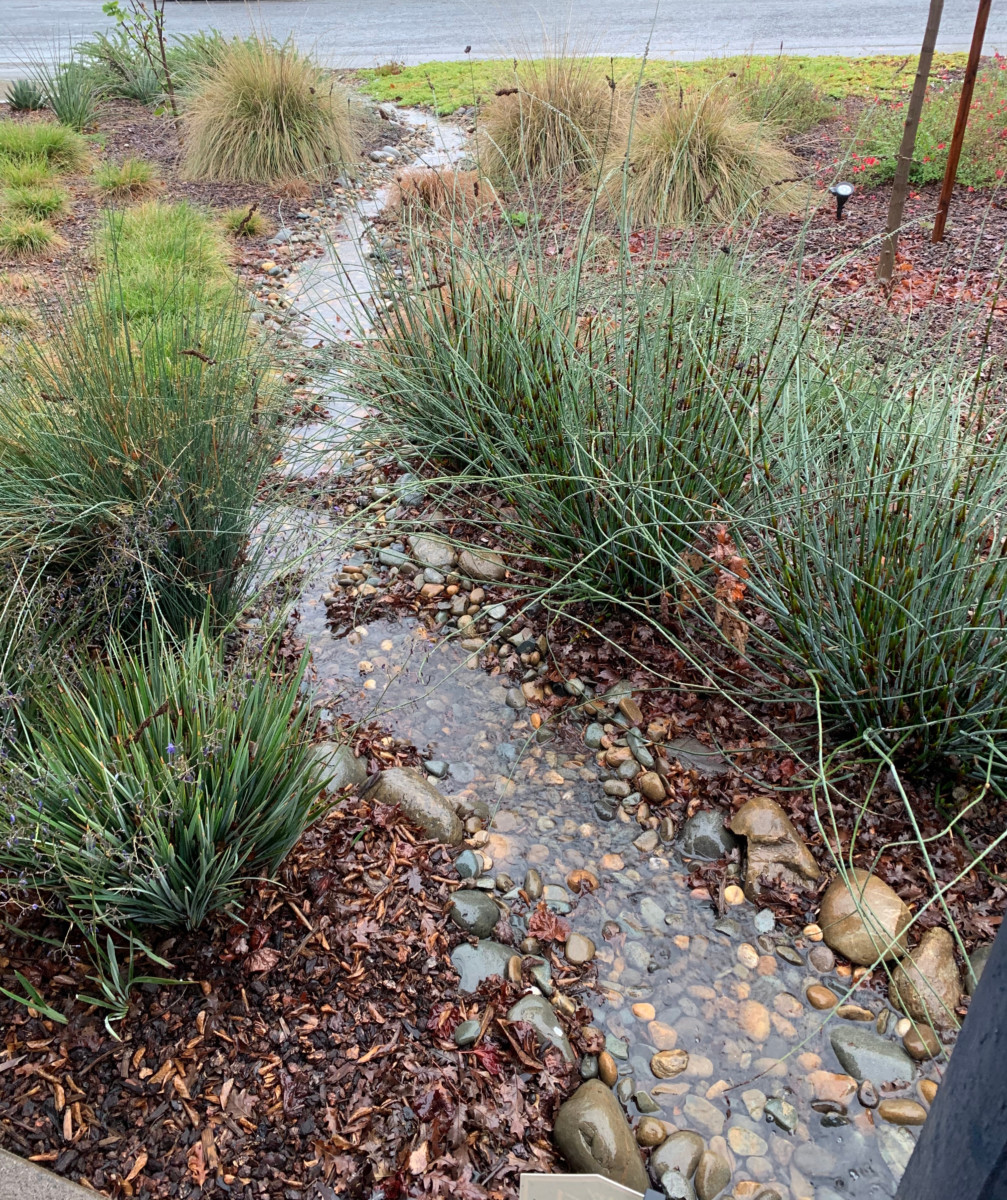
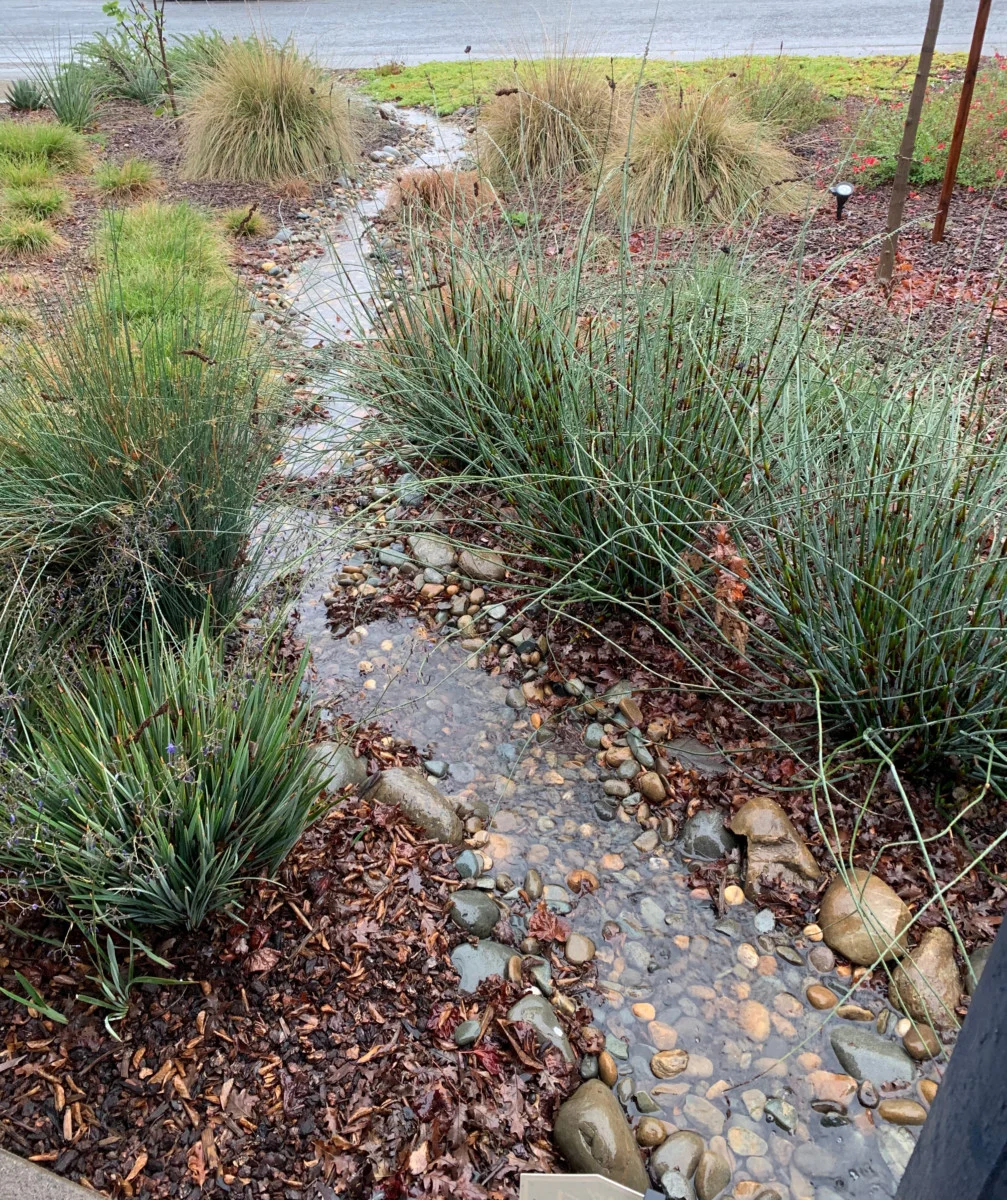
A rain backyard is a set of shrubs, perennials, grasses and flowers that are typically planted in a small despair. They’re specifically designed to soak in additional rainwater runoff from exhausting surfaces comparable to roofs, patios or driveways.
You would possibly suppose that having to do with rain, your backyard could also be moist. That’s not the case in any respect. Fairly contrarily, rain gardens are dry more often than not. Not like a water backyard, there shall be no standing water within the type of a pond. Although there are 13 good causes to put in a pond or water characteristic when you have the area for it.
So, there isn’t a want to fret about mosquitoes in any respect.
The aim of a rain backyard is for nature to fill it (little to no irrigation ought to be wanted) with a number of inches of rain after a storm.
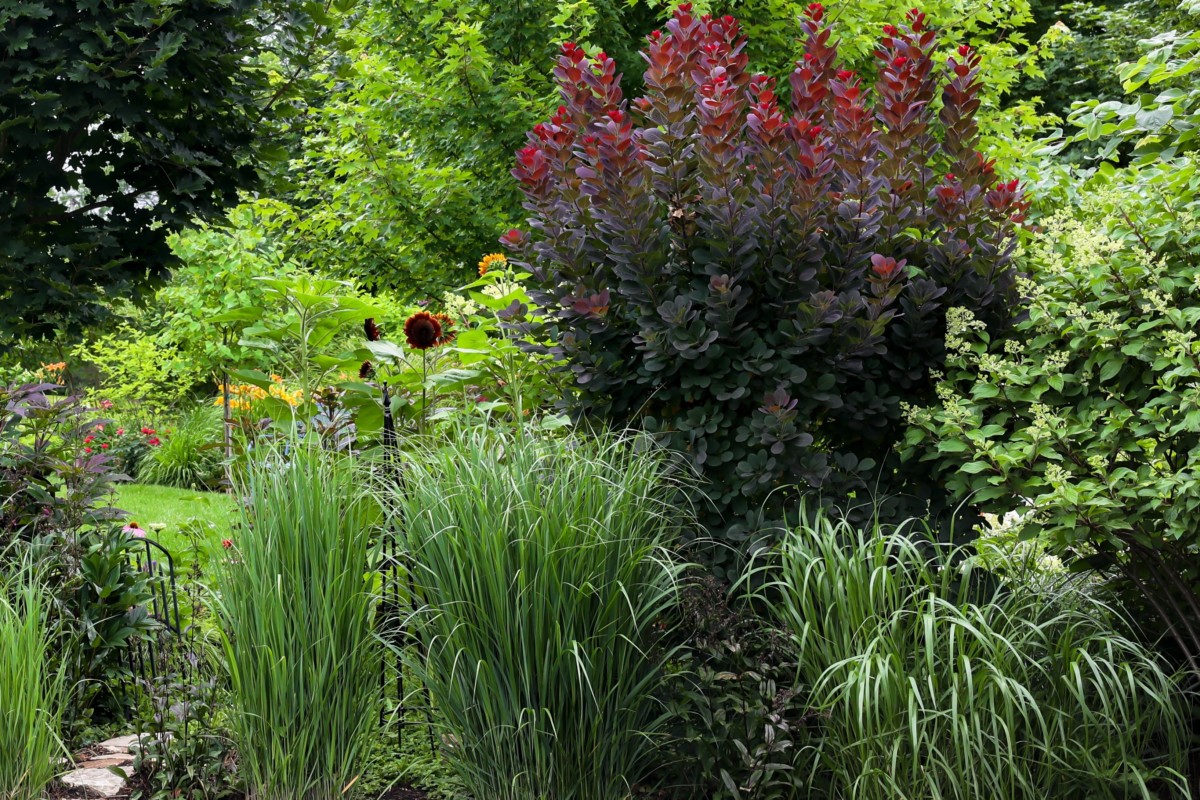
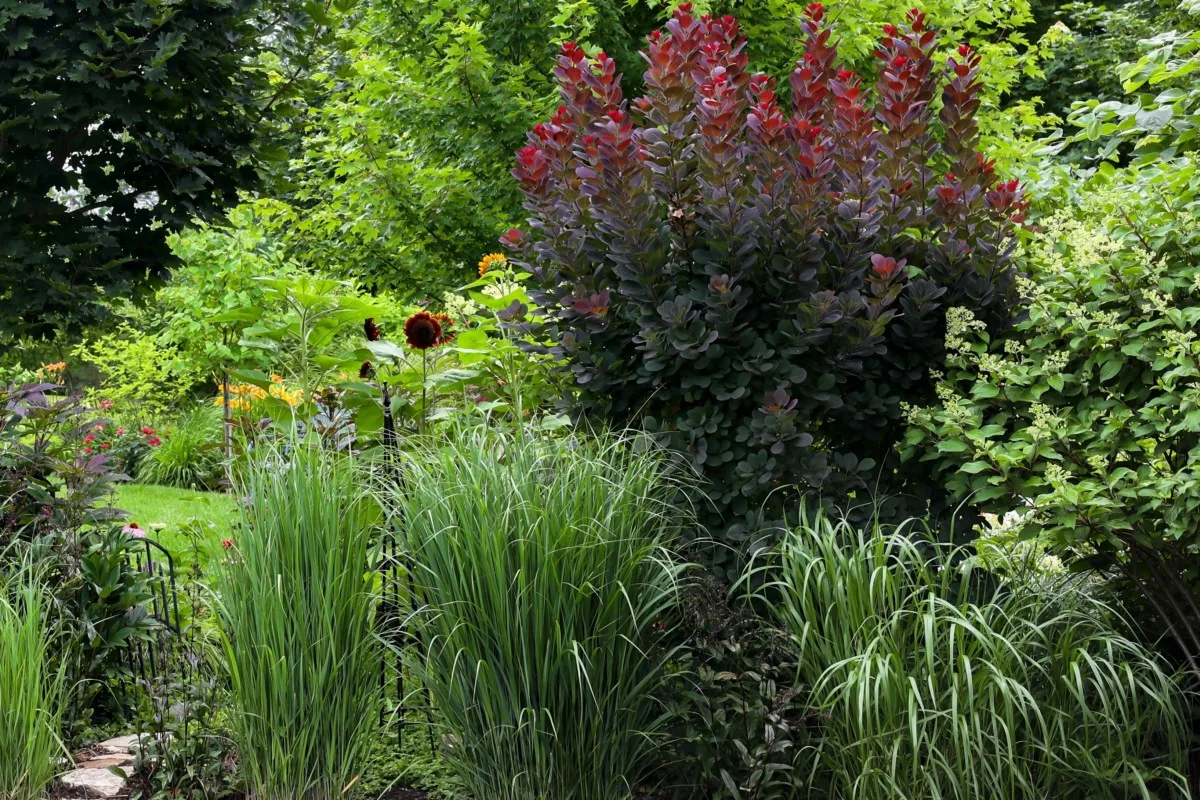
This water will then slowly filter into the soil somewhat than sploshing its approach to a storm drain.
In comparison with a inexperienced patch of garden, a rain backyard permits about 30% extra water to be filtered by the soil.
Take into consideration a clear-cut patch of lacking forest versus a standing lot of mature timber. In a storm, you recognize the place the landslides usually tend to happen; within the former.
In every single place erosion is an element, timber and floor covers ought to be planted. Even in areas the place erosion is much less seemingly, the bottom nonetheless finds a approach to be coated. Better of all is while you get to decide on the crops that go in it.
A rain backyard is just like a bioswale in that it really works with extra rainwater. Nonetheless, a bioswale is particularly designed to decelerate rainwater through the use of low-lying land and inspiring that water to comply with a curved or linear path. Whereas a rain backyard is designed to seize and retailer extra water in a basin.
Advantages of a rain backyard:
- rainfall doesn’t head instantly into storm drains; as an alternative, a part of it’s filtered again into the bottom, replenishing native water sources and aquifers alongside the way in which.
- offers an improve to the outside of your house, on the similar time bringing extra magnificence to the whole neighborhood.
- helps to guard folks downhill from being flooded.
- rain gardens additionally assist to guard creeks, ponds and bigger our bodies of water, comparable to lakes, from poisonous “city” stormwater. Take into consideration all of the chemical compounds that get washed away with the rain: garden fertilizers and backyard pesticides, an array of pollution from motor automobiles and a slew of different trendy and dangerous substances.
Whereas it could not really feel as in case your single yard effort is sufficient, it’s a nice contribution. Particularly when mixed with the efforts of others, working collectively to boost environmental advantages for everybody.
You may also be questioning whether it is costly or if it requires a fair proportion of upkeep.
Let me quell your fears on each accounts.
A rain backyard takes minimal upkeep as soon as it’s established. At first, there’s planting. Then comes watering and weeding. These chores will shortly taper right down to common yearly upkeep.
So far as prices are involved, it can price as a lot to put in as you place into it. The biggest worth would be the buy of crops. Nonetheless, you could possibly discover some crops free of charge, or you would relocate native crops from buddies and neighbors.
How Massive Ought to a Rain Backyard Be?
A typical rain backyard measures from 100 to 300 sq. toes.
If it’s smaller than that, you lose out on plant variety.
To make it any bigger isn’t solely expensive but additionally entails much more digging. All of it depends upon the scale of your property and the way it matches into the panorama.
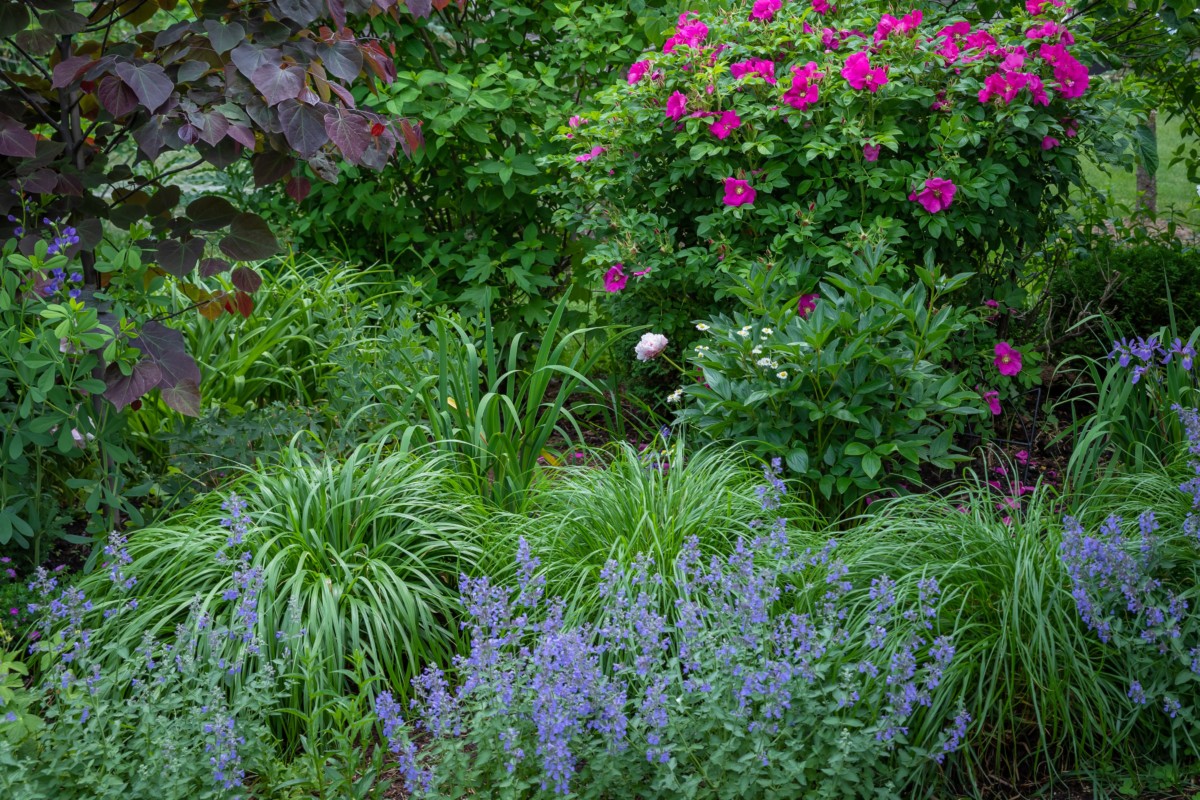
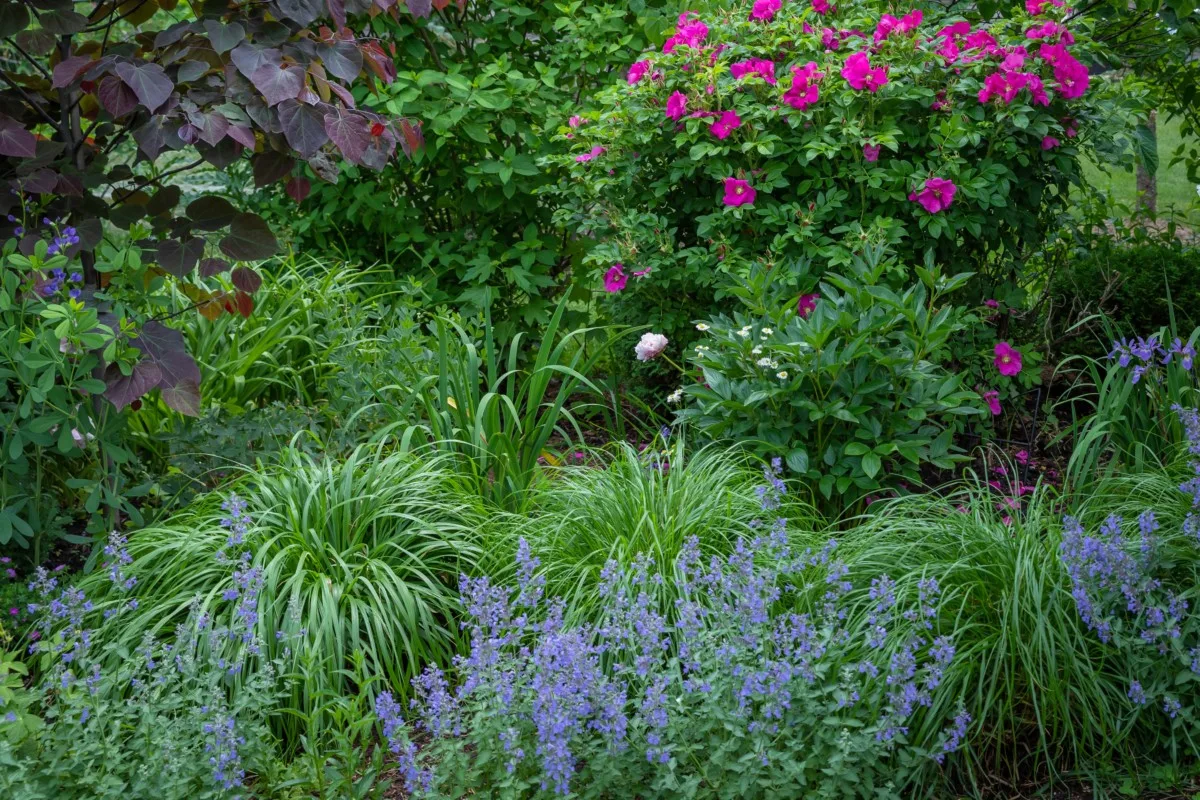
The place To Set up a Rain Backyard?
Rain gardens normally characteristic in one among two locations: proper subsequent to the house-garage-driveway or on the fringe of the garden on the lowest-lying facet of your property.
Listed below are a number of suggestions to assist discover one of the best placement to your rain backyard:
- keep away from putting it over a functioning septic system.
- chorus from putting it the place water already accumulates, that is displaying you the place drainage is already gradual.
- give a large berth to giant timber, ideally putting your rain backyard in full solar. Partial shade is tolerable however lower than ultimate.
- set up a rain backyard a number of toes from the home, at the very least 10′, in order to not disturb the muse.
- subsequent to a patio or an often-used outside area is good.
When you’ve found one of the best location, take into consideration the form of the rain backyard. Ovals, crescent and kidney shapes are most popular over rectangles and squares. They’re longer than they’re huge and are positioned perpendicular to the slope of the land to catch the utmost quantity of water falling from the sky.
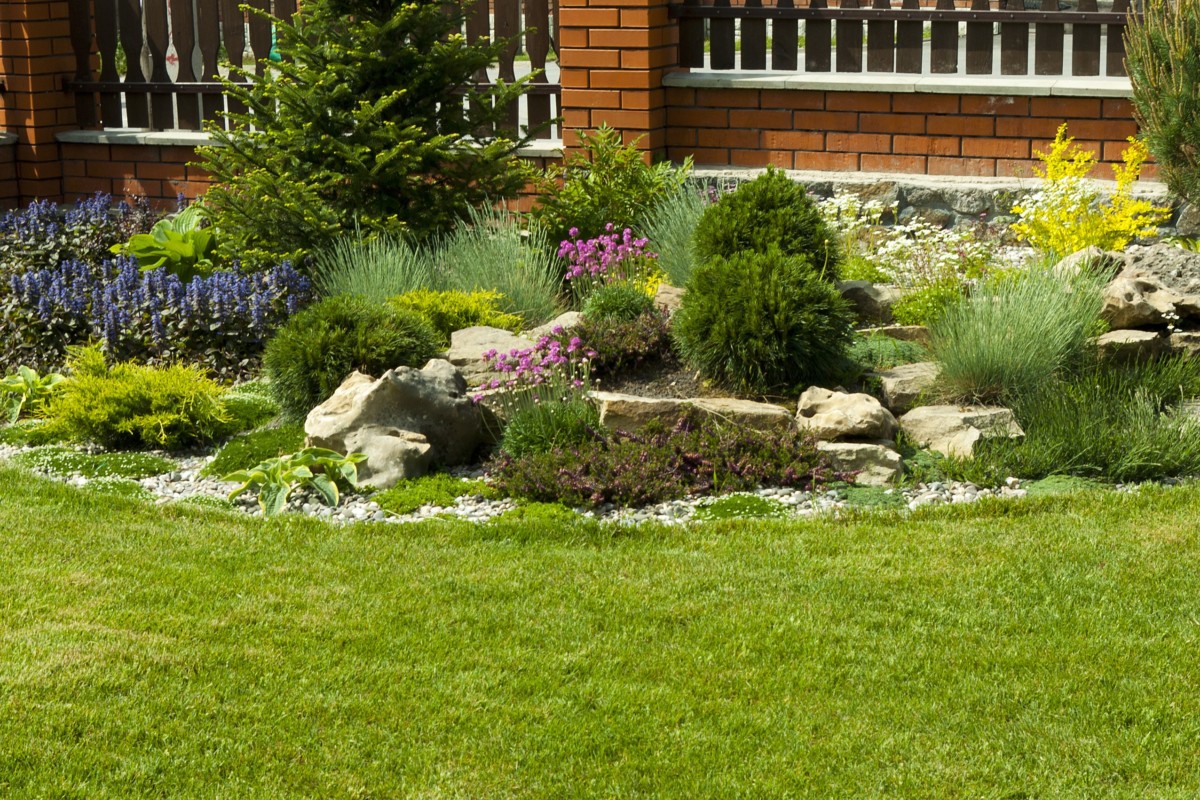
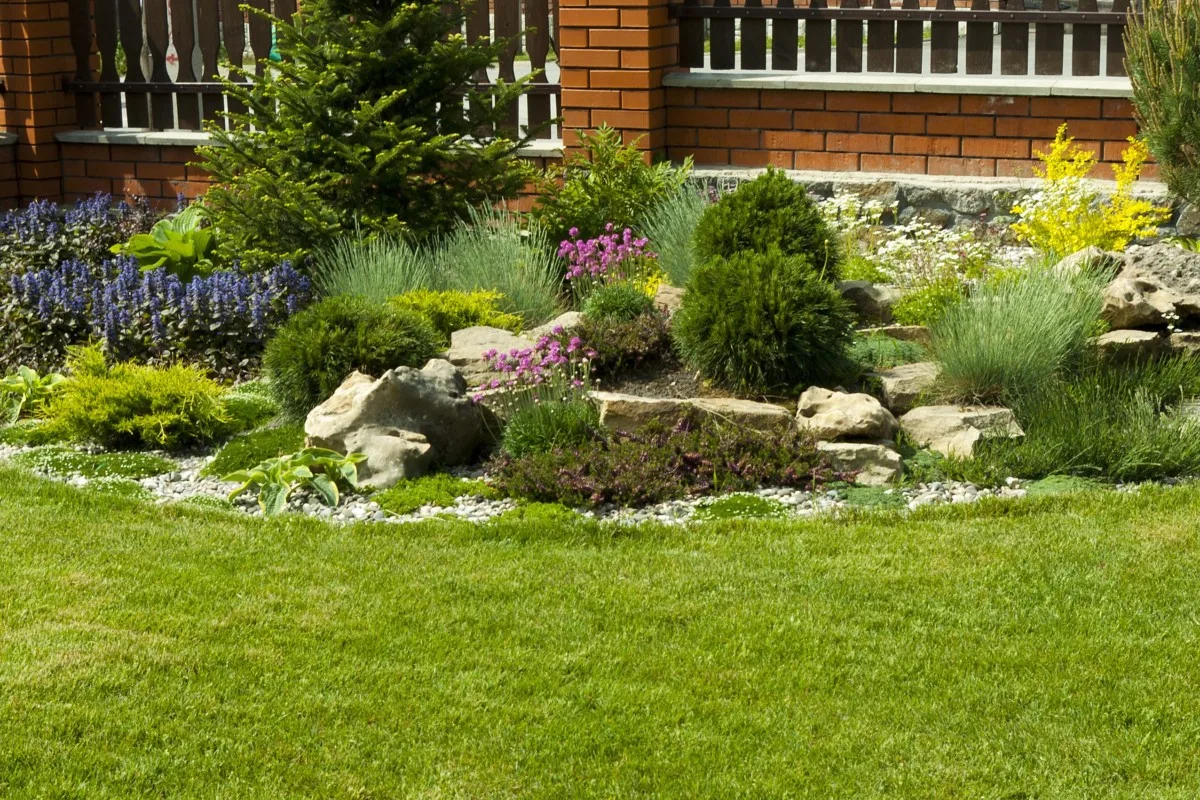
Subsequent comes calculating how deep your rain backyard ought to be.
Calculating the Deepness of a Rain Backyard
Right here’s the place the design course of begins to get a bit extra advanced. That can assist you out, I’ve found a downloadable PDF from the Division of Pure Sources in Wisconsin that may show you how to with all of the finer particulars. Discover the Rain Gardens Information here. It consists of loads of photographs for those who’re extra of a visible particular person.
In brief, you’ll need your rain backyard to be between 4 and eight inches deep.
Regardless of how deep you dig, the sides round it should stay degree from the uphill to the downhill facet. A slope of 4-11% is good. Any greater than a 12% slope and it’s possible you’ll need to discover a completely different website to your rain backyard.
As a tenet, for a slope of lower than 4%, you’ll solely have to dig 3-5″ deep.
For a slope of 5-7%, your rain backyard ought to be dug 6-7″ deep. And for a slope of larger than 8%, that can require about 8″ of digging.
Along with the mathematics you’ll be doing, it’s additionally good to know what sort of soil you’re working with. Is it sandy, silty, or slippery clay?
Sandy soils are naturally draining, making them ultimate for a rain backyard, whereas heavy clay soils will want some modification to make them more practical.
Digging Your Rain Backyard
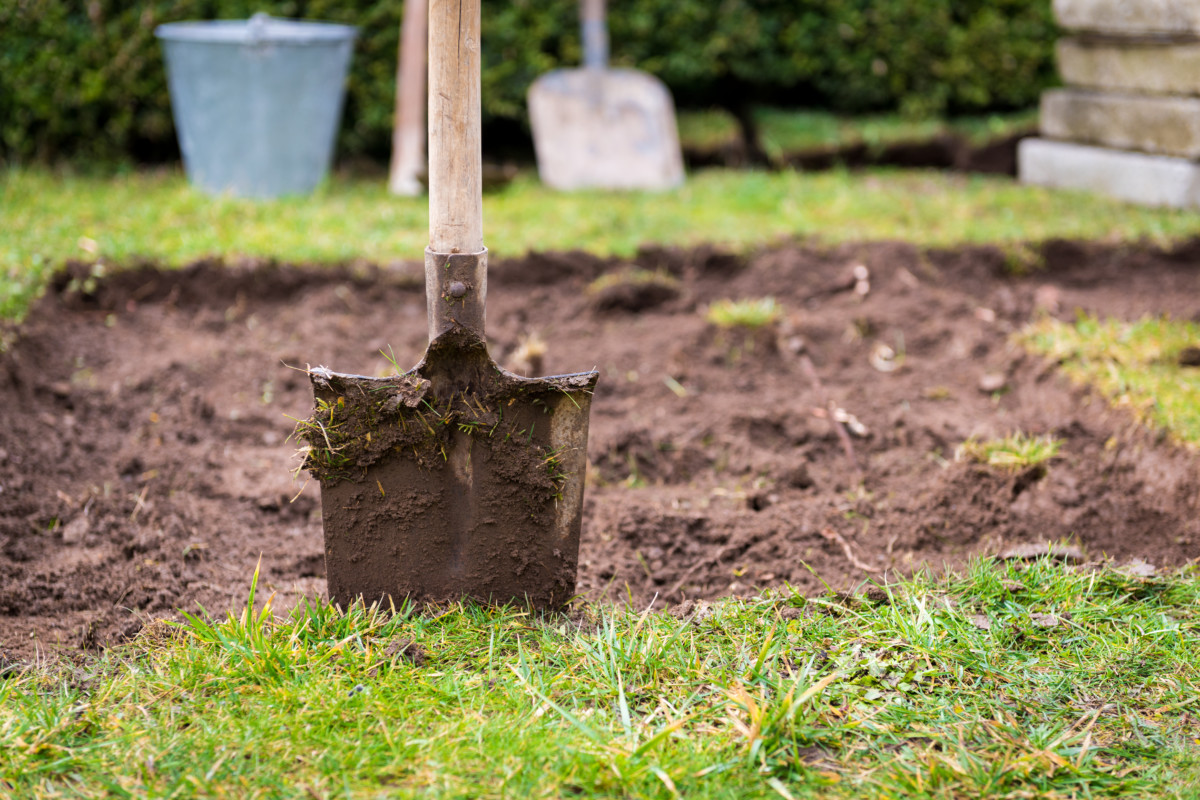
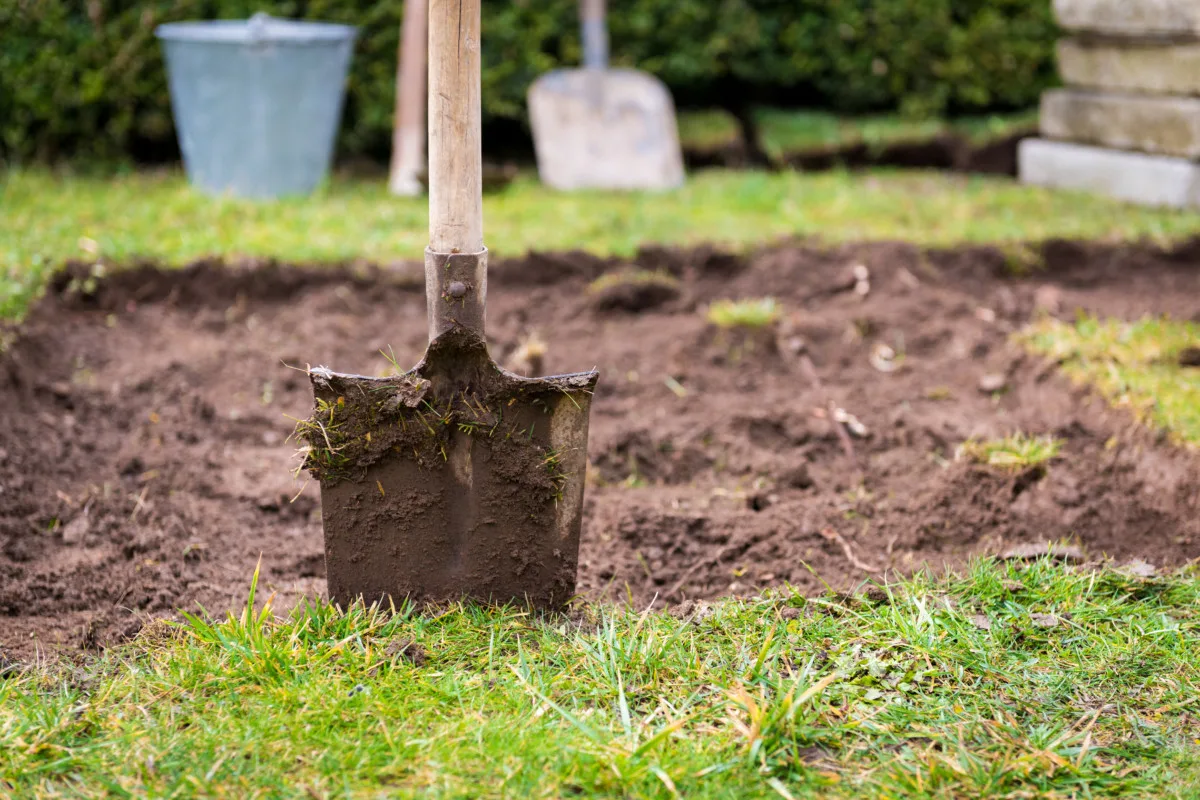
Earlier than digging, you have to make it possible for the location isn’t located over any utilities. Take duty and at all times contact a neighborhood diggers hotline earlier than transferring a shovelful of soil round.
What you need to obtain together with your rain backyard is a “ponding” space that’s fully degree on the underside. This must consider the slope of the land.
For simplicity’s sake, take a string and a number of stakes to mark the skin of your rain backyard, taking be aware that the berm shall be outdoors the marked space. It is best to at all times begin digging on the uphill facet of the plot, digging right down to the right variety of inches you calculated above. Use that extra soil to create a berm on the skin of the string.
Attempt to make the underside as degree as potential, raking it clean when crucial however by no means compressing it.
Including a berm to your rain backyard.
The only real function of a berm is to maintain the surplus rainwater within the ponding space till it might permeate into the bottom.
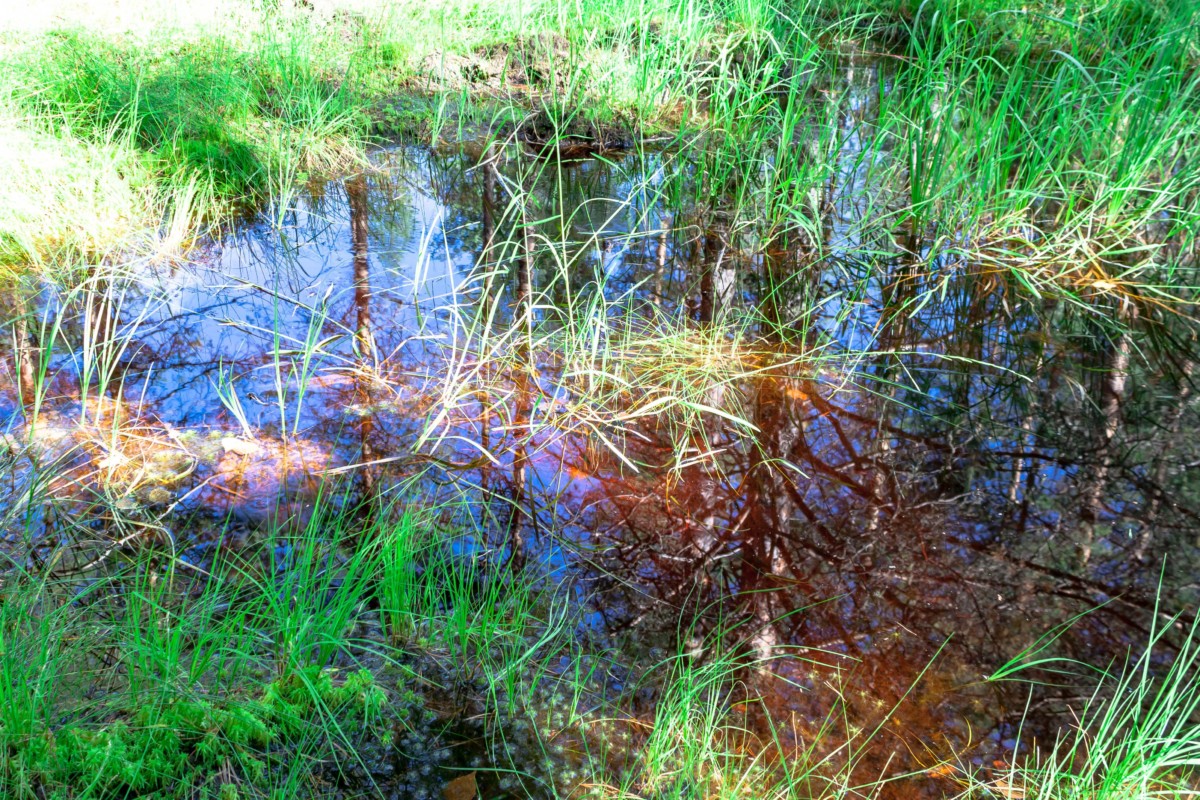
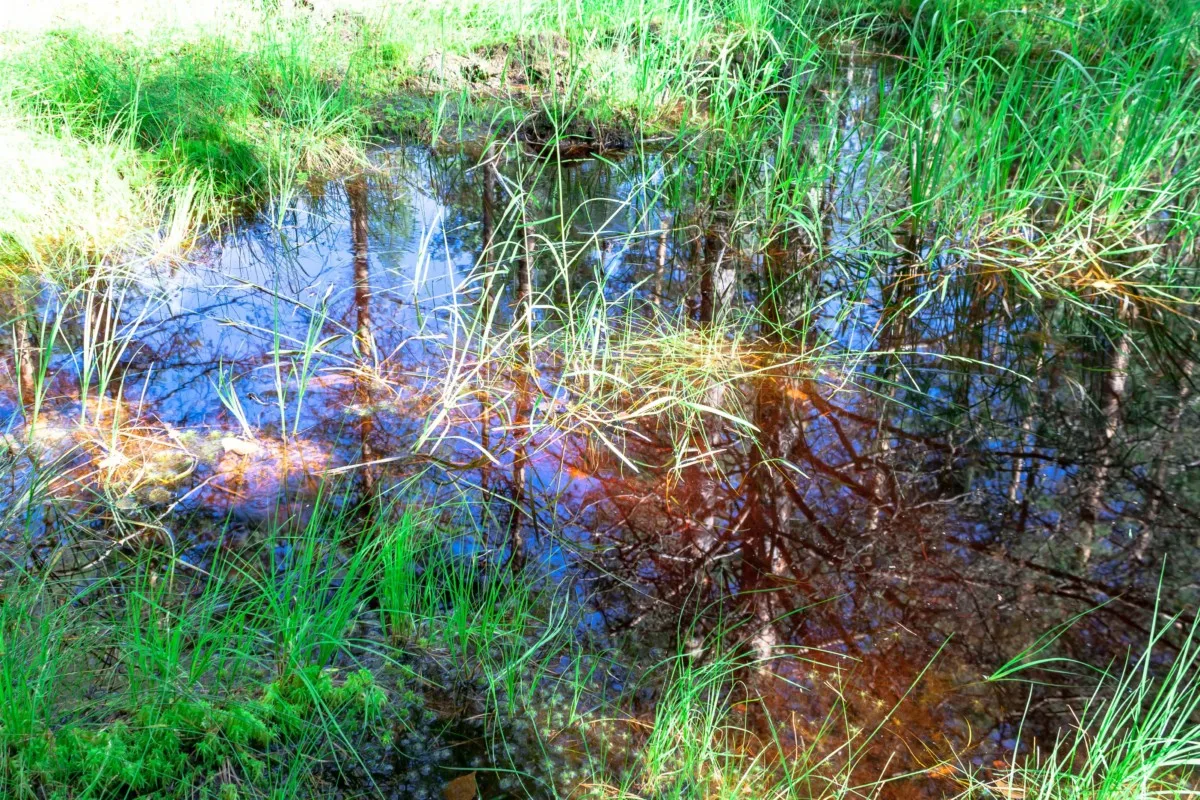
In case you are making a rain backyard on a flatter floor, you’ll most likely have sufficient soil from digging your backyard to type a berm. Nonetheless, bigger rain gardens with steeper slopes might require soil to be introduced in to complete the job.
Consider the berm as a dam, which helps retain the water. Typically, it needn’t be greater than a foot huge, extending the size of the decrease a part of the backyard. You’ll additionally need to deliver a few of it uphill on the slope to include runoff from the edges.
As you assemble this, make sure it’s properly compacted to assist keep at bay erosion.
Very steep slopes might entail using stones to stop erosion.
Crops That Thrive In a Rain Backyard
Type and performance are each important options of your yard. It goes with out saying then that in case your backyard is fairly, you’ll spend extra time in or round it. The identical rings true to your vegetable backyard.
So, with the intention to have a phenomenal rain backyard, you’ll need to embrace crops that you simply discover pleasing to your eye.
Listed below are a number of tips about making an interesting rain backyard that not solely features however provides magnificence as properly:
- choose quite a lot of native crops which bloom at completely different instances, in addition to have numerous textures and shapes.
- add wetland sedges and grasses for visible curiosity.
- use landscaping design to your benefit; plant in clumps of three to seven.
- don’t plant too shut collectively; enable room for every species to return to maturity.
- make it possible for every plant you choose has its daylight necessities fulfilled.
Native crops are among the many finest selections for rain gardens as a result of they’re naturally hardier than exotics. They’ll stand up to harsher rising situations, are extra drought tolerant and have a tendency to have a deeper root system (enhances soil infiltration), which is, after all, an ideal profit to a rain backyard.
Native nurseries and landscaping corporations might have already got a listing of native crops available. It’s value an ask and a go searching to get that info to seek out out what’s native in your space.
starter choice of crops to your rain backyard:
1. Bee Balm or Bergamot (Monarda)
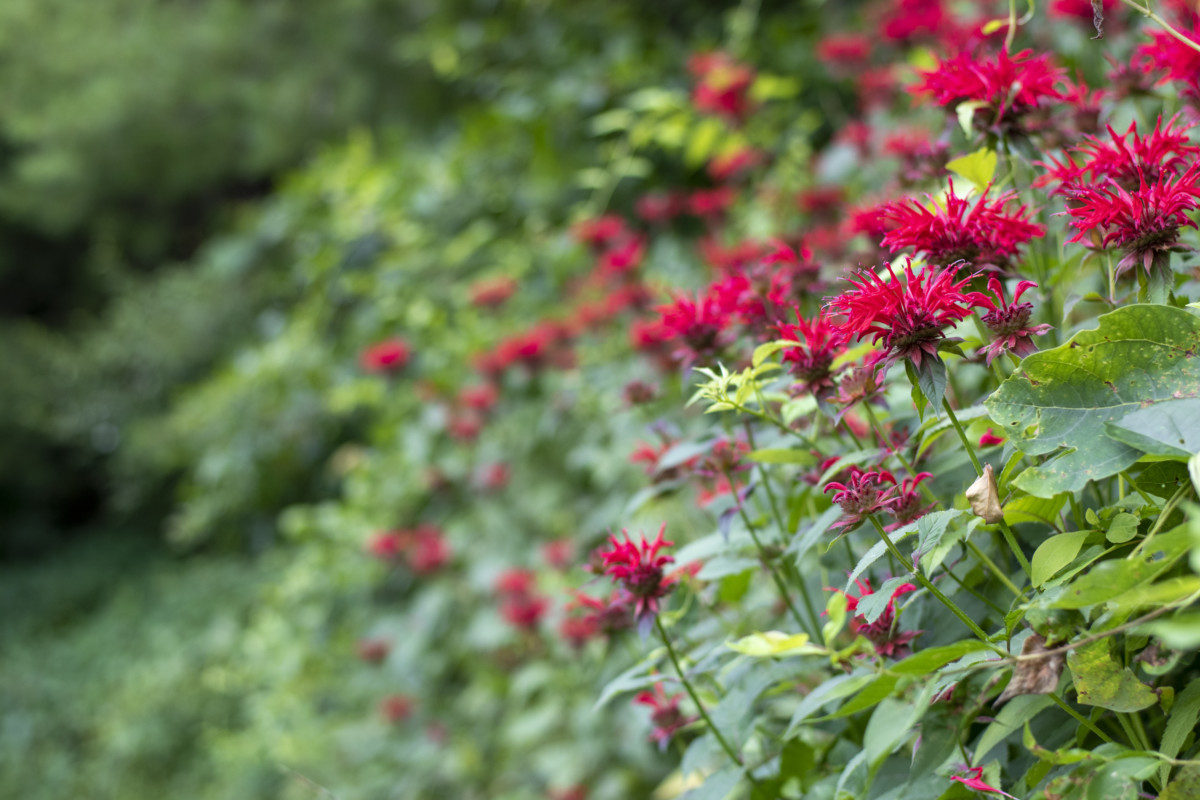
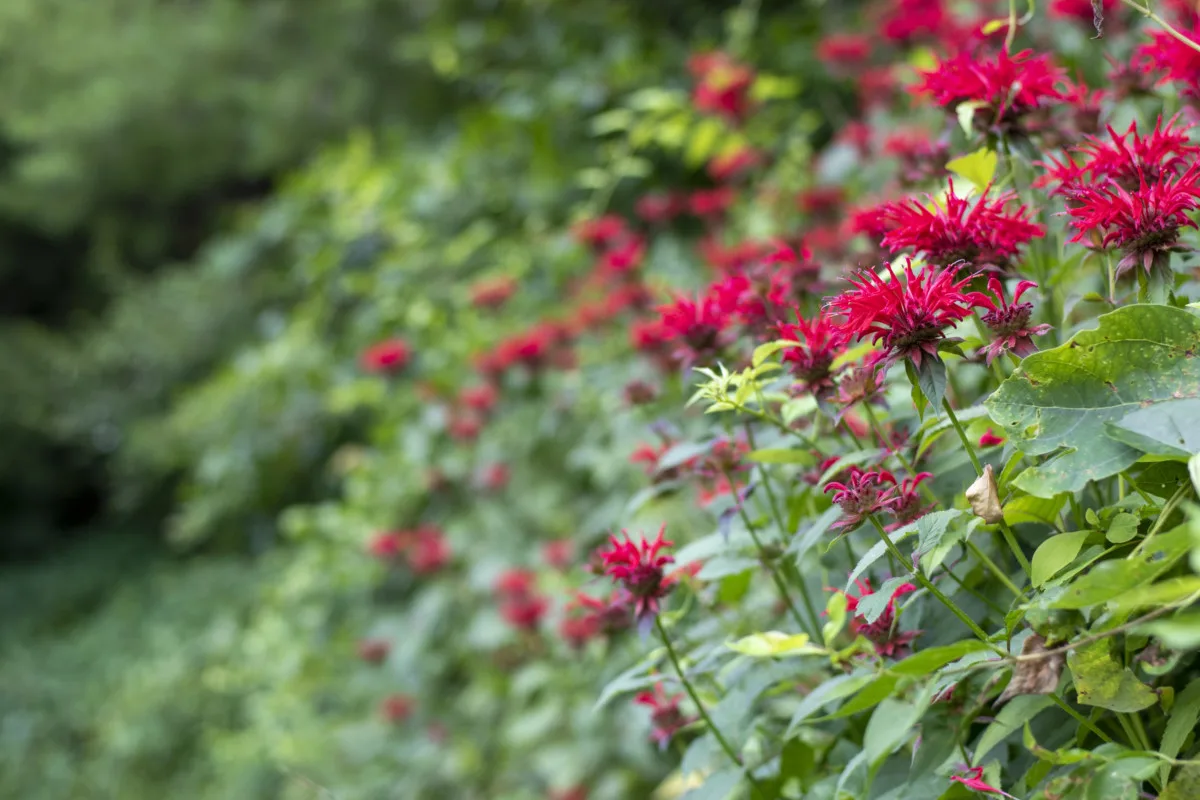
A good looking member of the mint household that grows from 2 to 4 toes tall. Could be grown for privateness, for pollinators or for a nourishing natural tea.
2. Massive Bluestem (Andropogon gerardii)
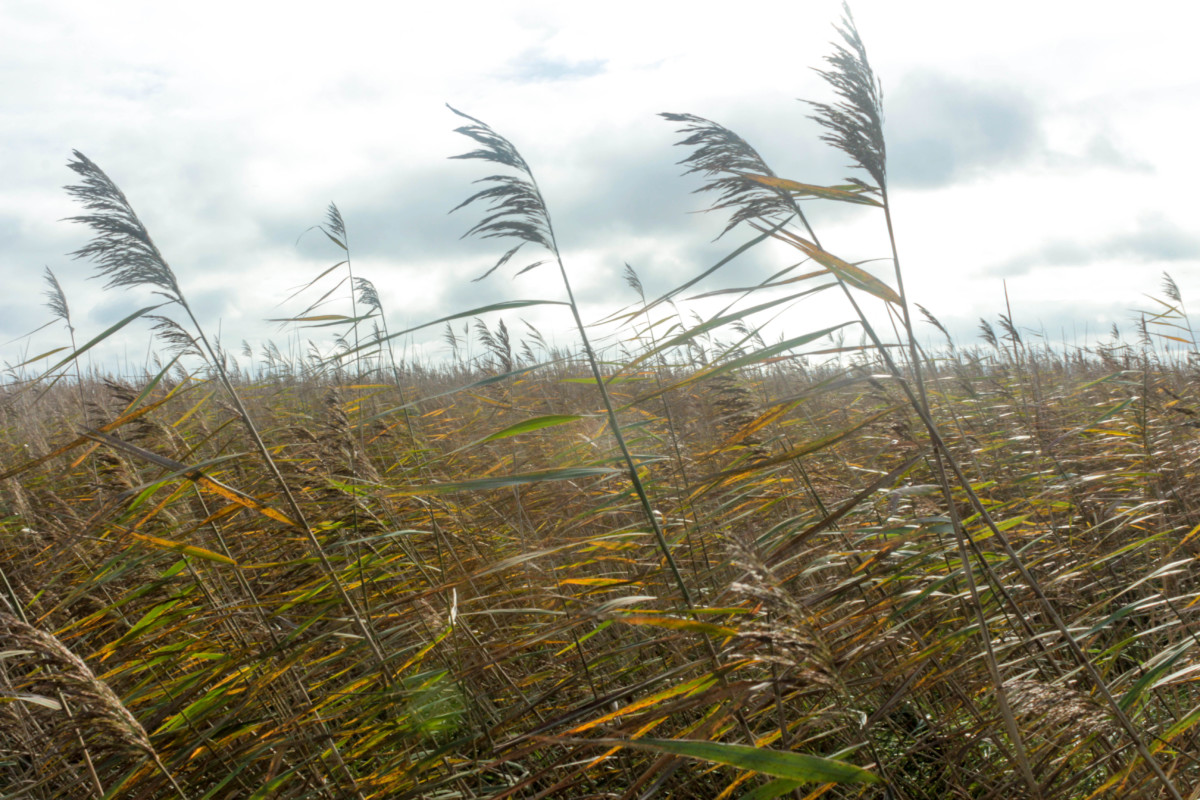
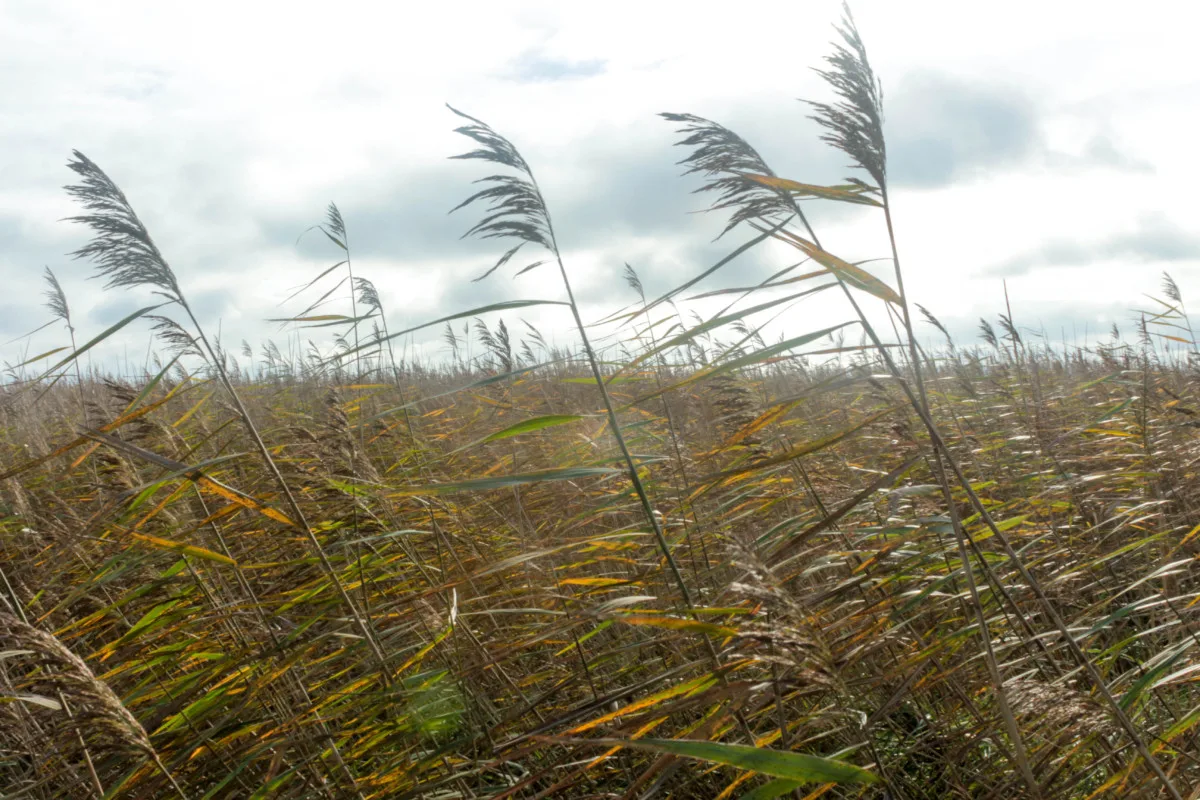
Native grasses are a necessary a part of a rain backyard, on condition that their roots attain deep into the soil. Massive bluestem roots might attain a depth of 5-8 toes, plus they supply winter curiosity within the panorama.
3. Blue Vervain (Verbena hastata)
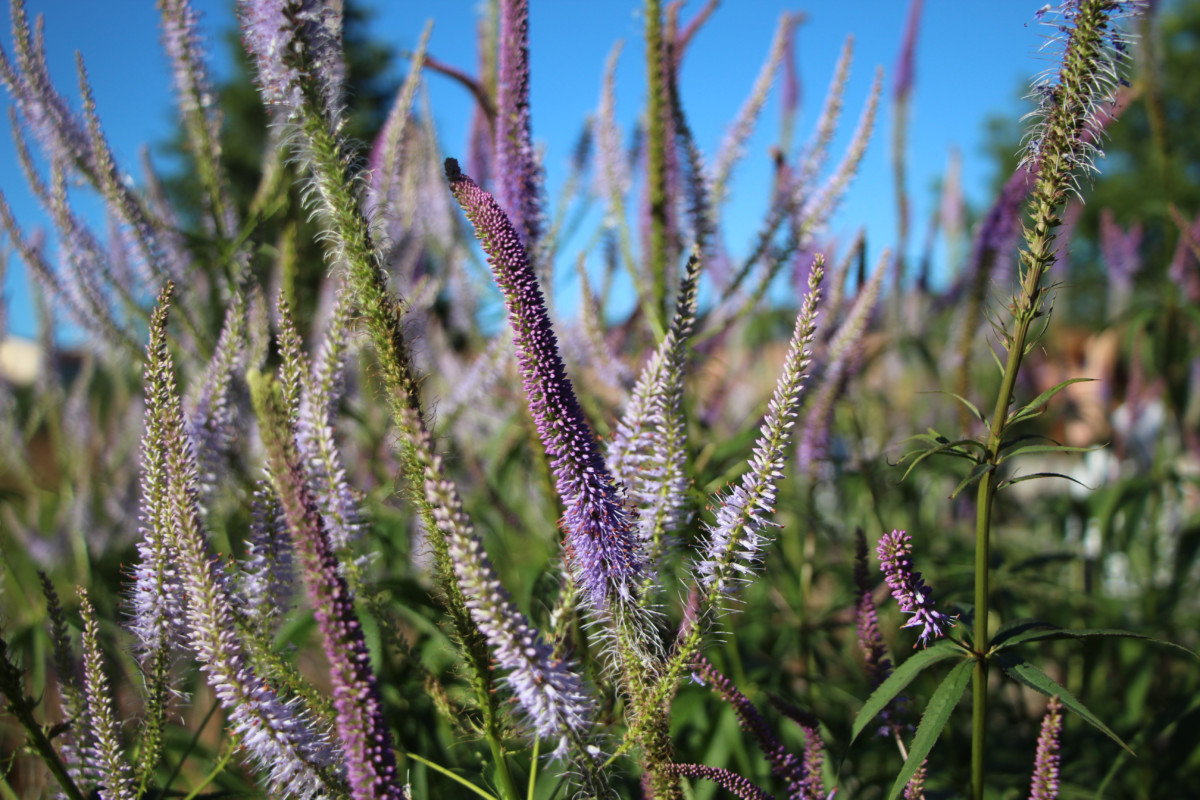
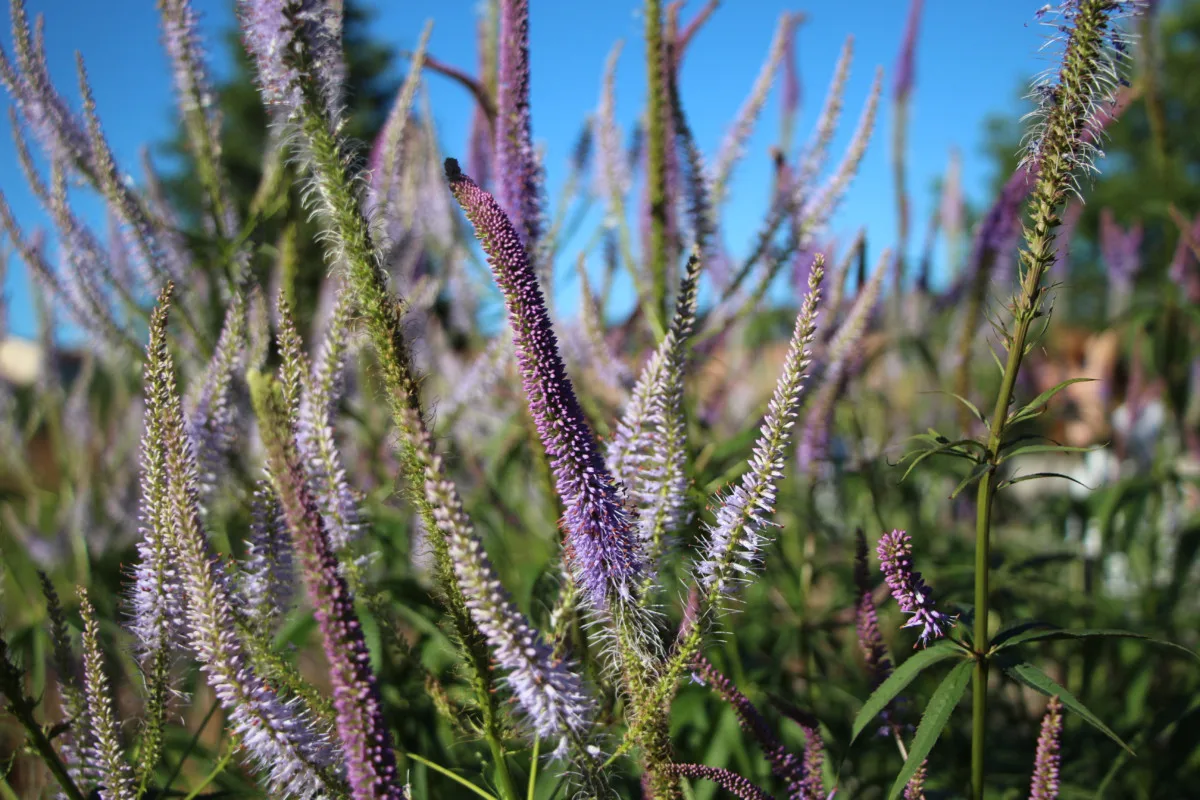
Crops in a rain backyard have to tolerate moist soil; blue vervain is one among them; it’s additionally an necessary supply of meals for birds and pollinators later within the season.
4. Bottlebrush Sedge (Carex comosa)
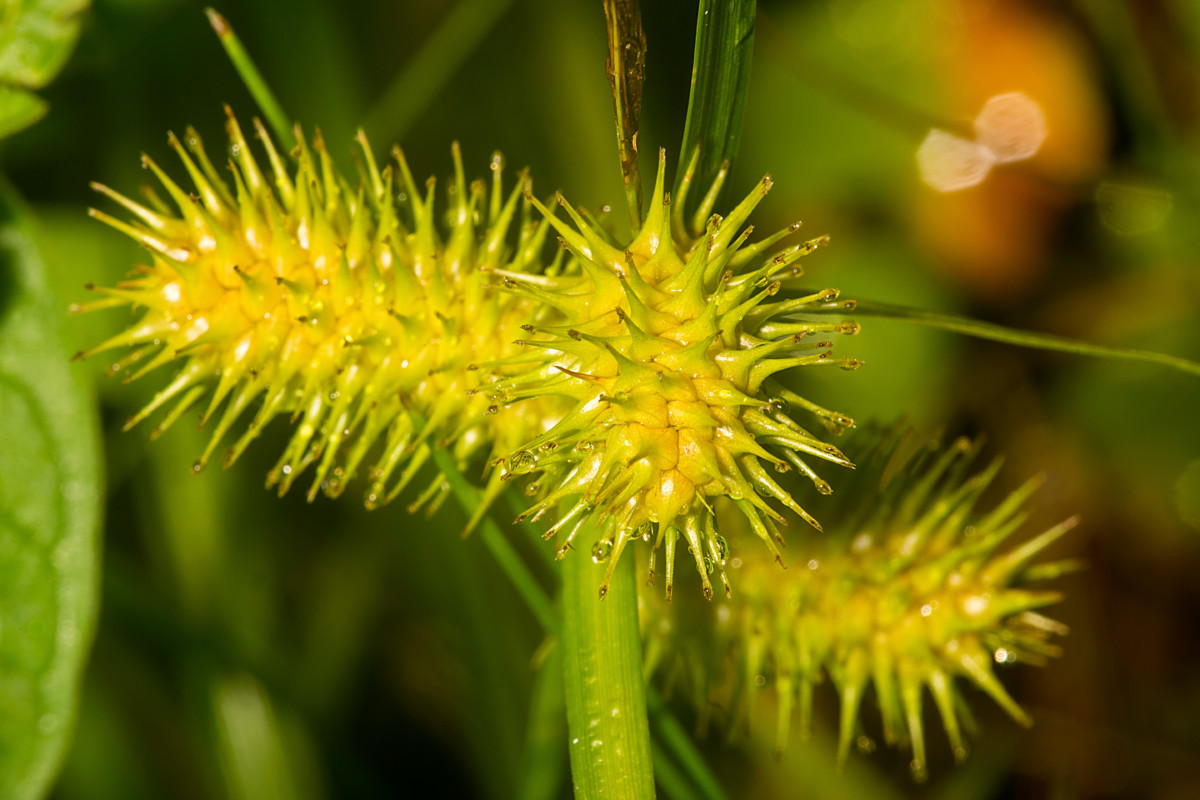
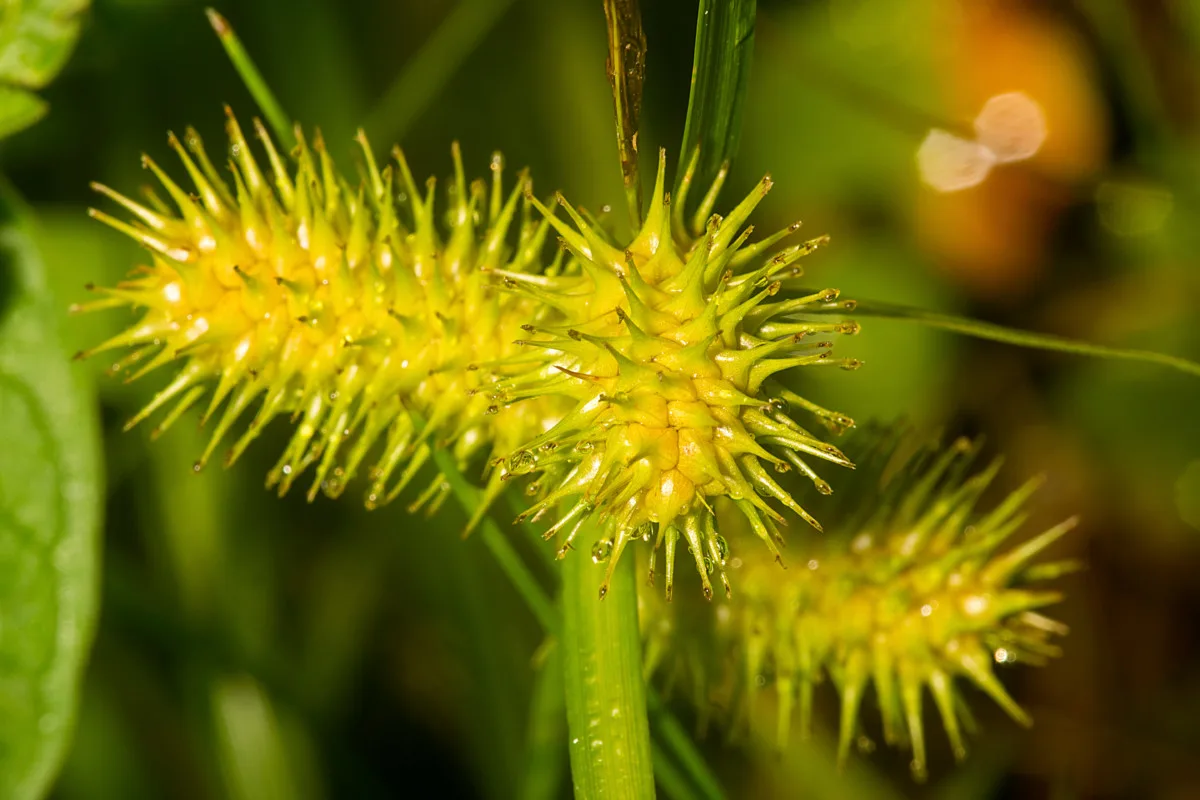
Sedges are identified for his or her means to tolerate moist soil, this one is ideal for each rain and water gardens.
5. Fireweed (Epilobium angustifolium)
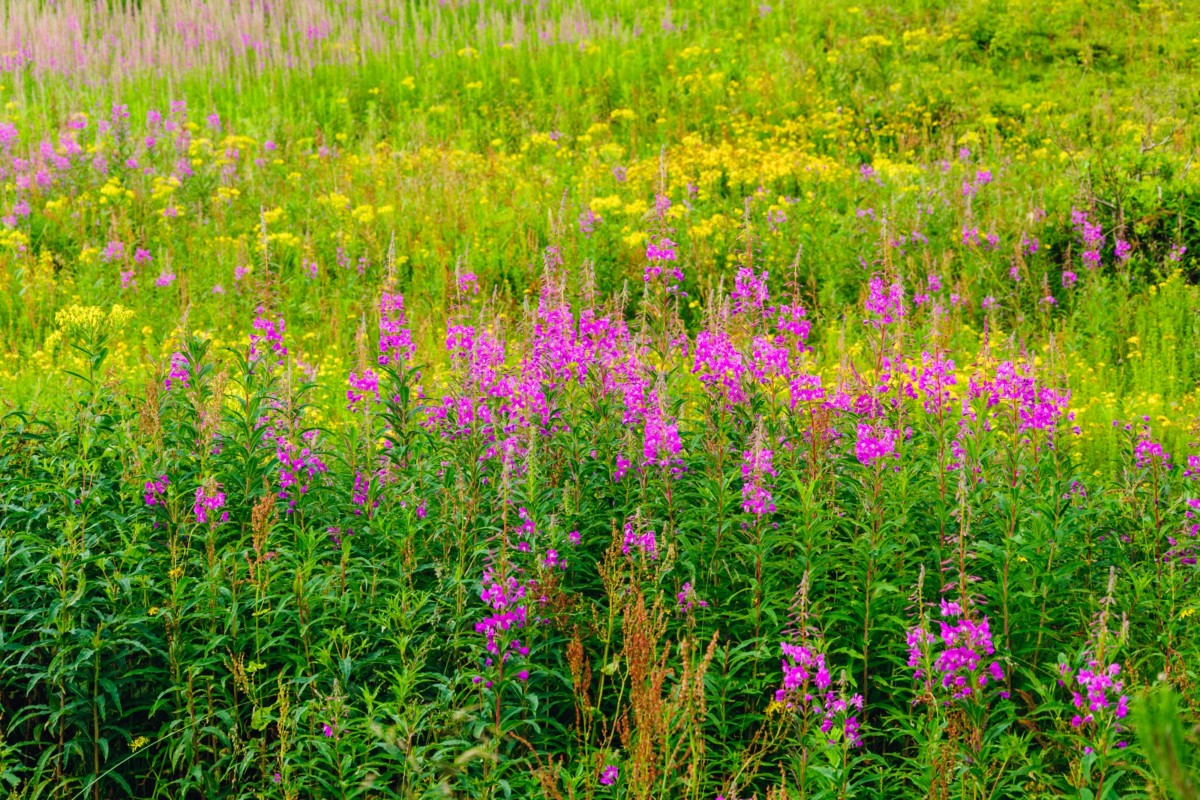
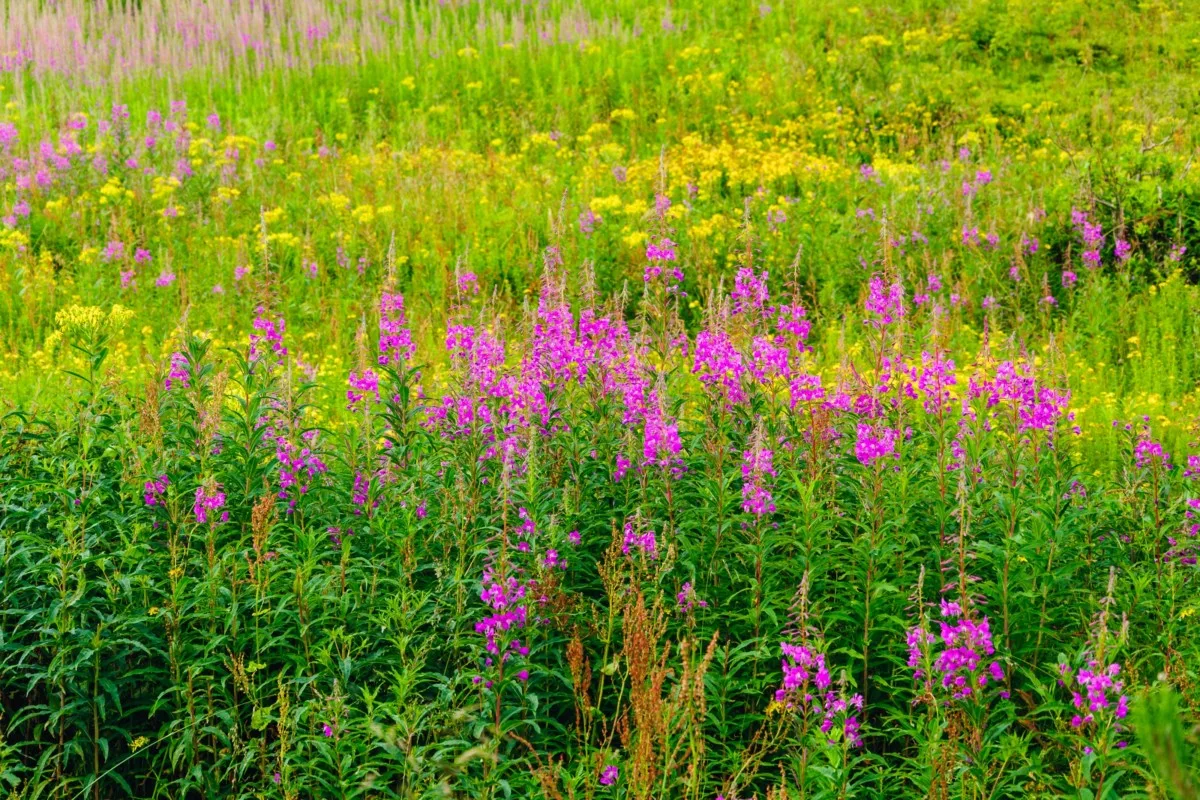
An important plant for sandy soil (dislikes clay soils), which grows tall (as much as six toes) in a sunny location. It may be persistent within the backyard. Nonetheless, it’s a phenomenal host plant for a number of moth species.
6. Little Bluestem (Schizachyrium scoparium)
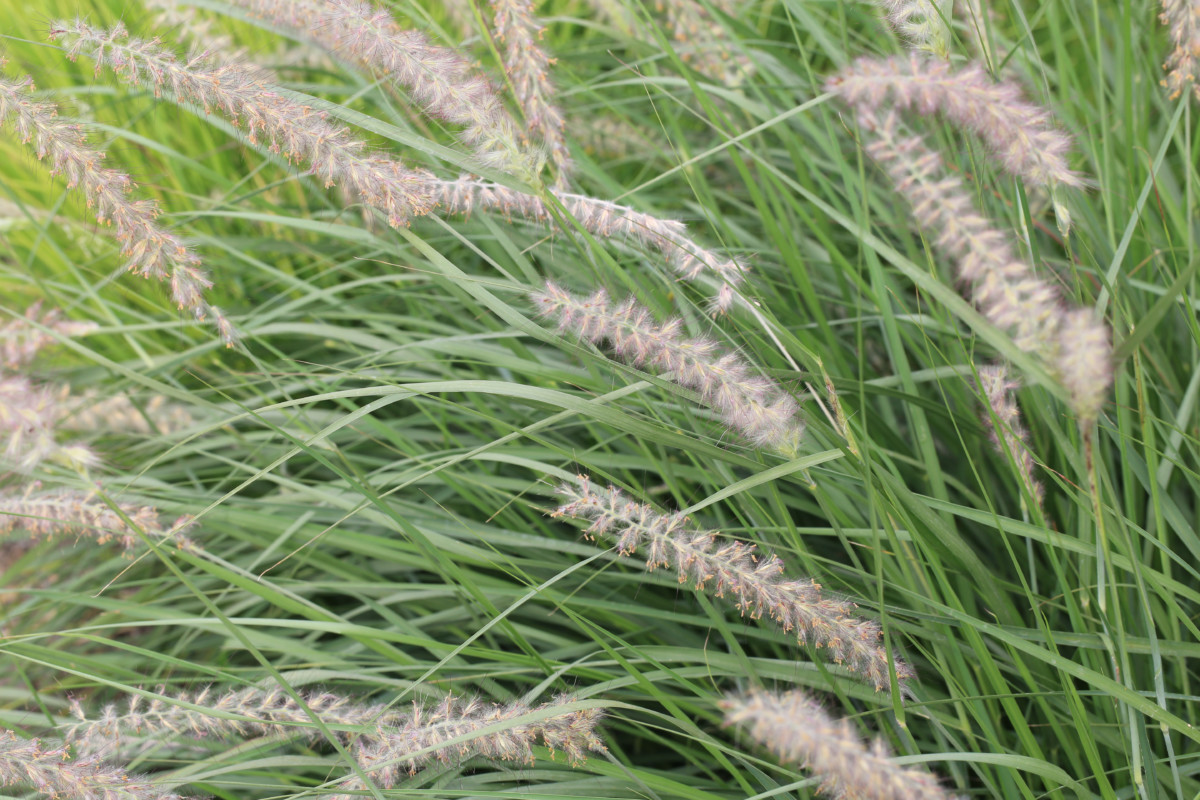
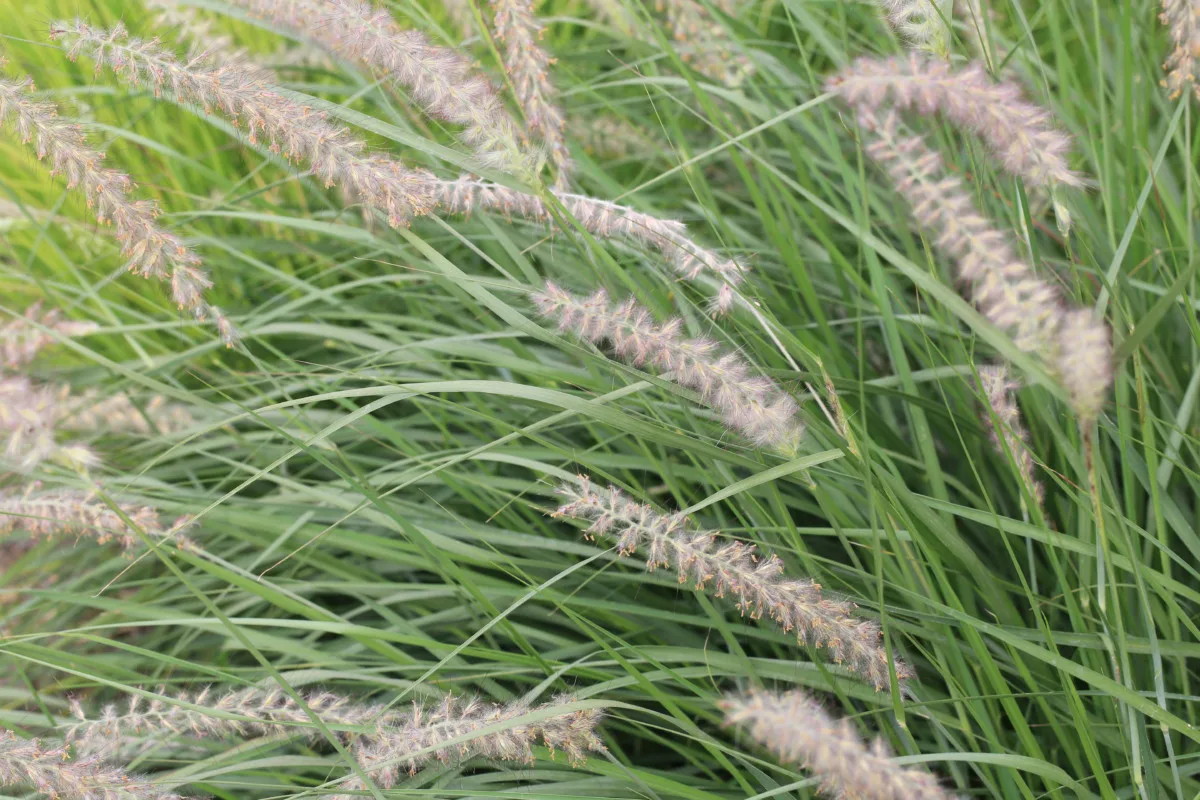
A straightforward-to-grow indigenous species of grass with roots reaching 5 toes into the soil makes it a major candidate for a rain backyard.
7. Meadow Blazing Star (Liatris ligulistylis)
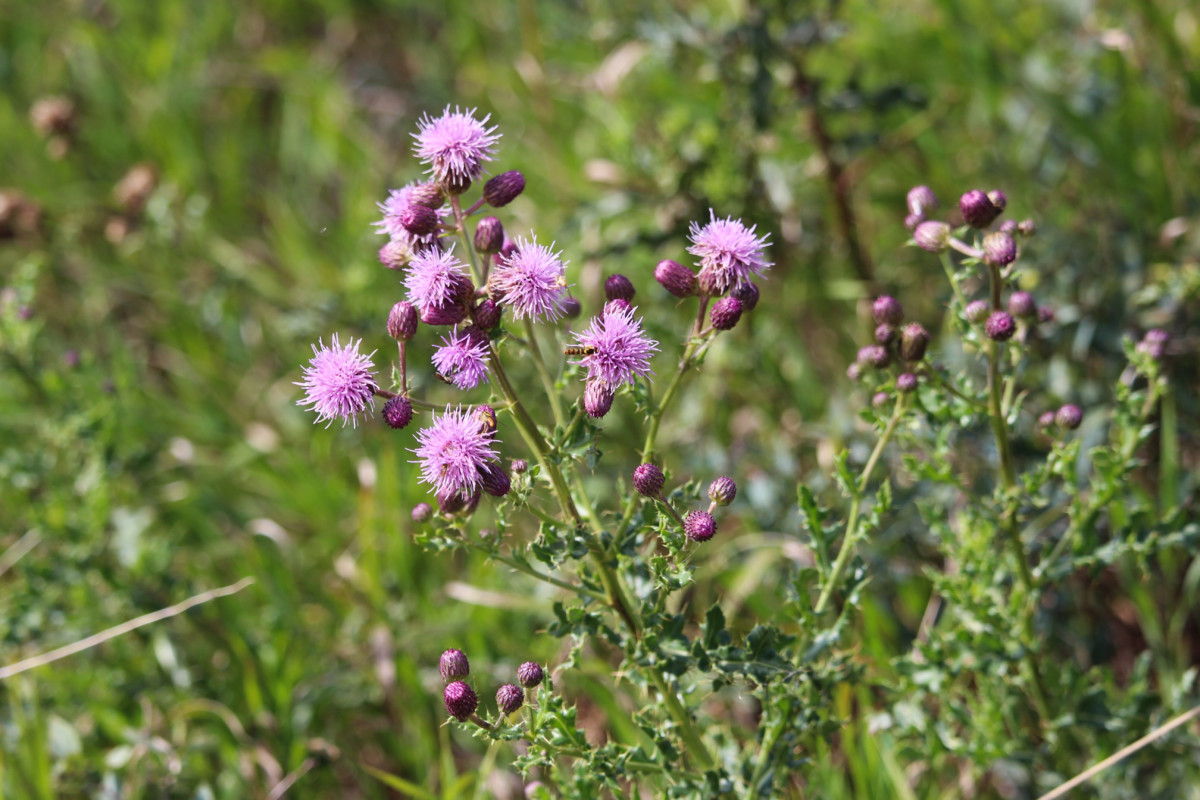
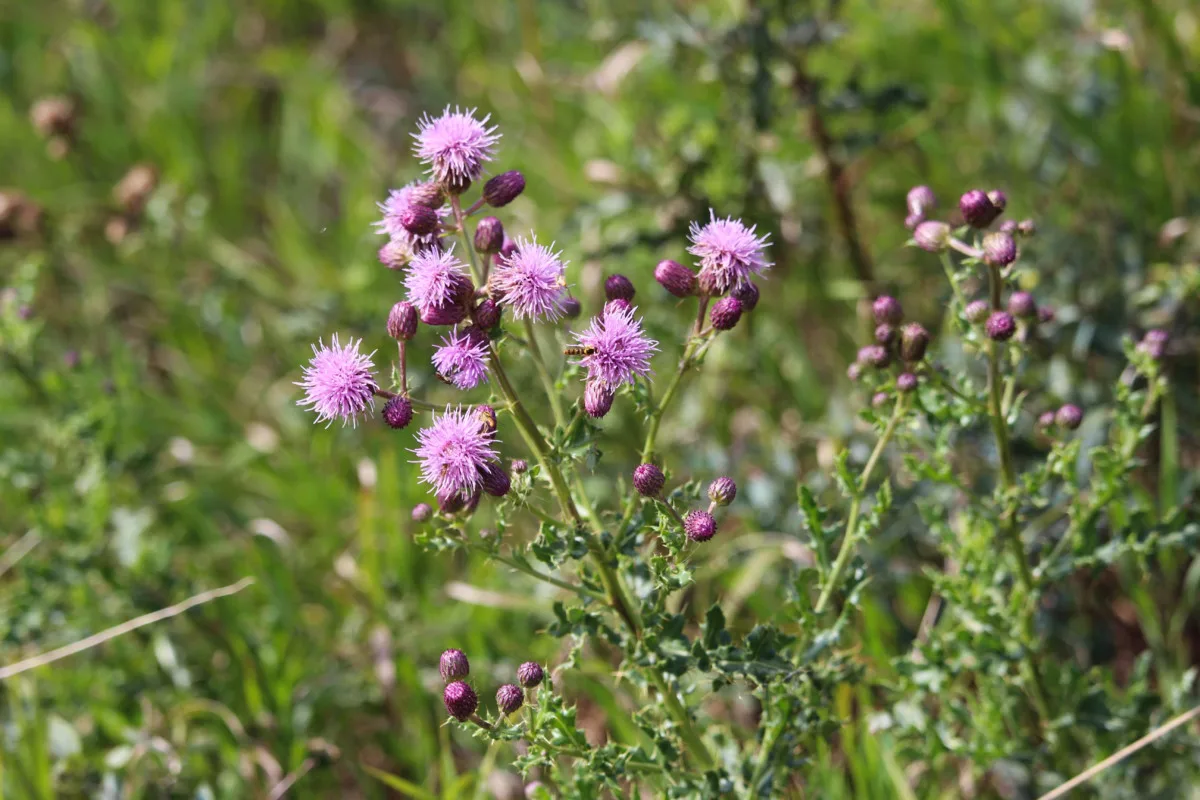
Whereas milkweed is a crucial host plant for eggs and caterpillars of the Monarch form, meadow blazing stars present nectar through the fall migration.
8. Prairie Dropseed (Sporobolus heterolepis)
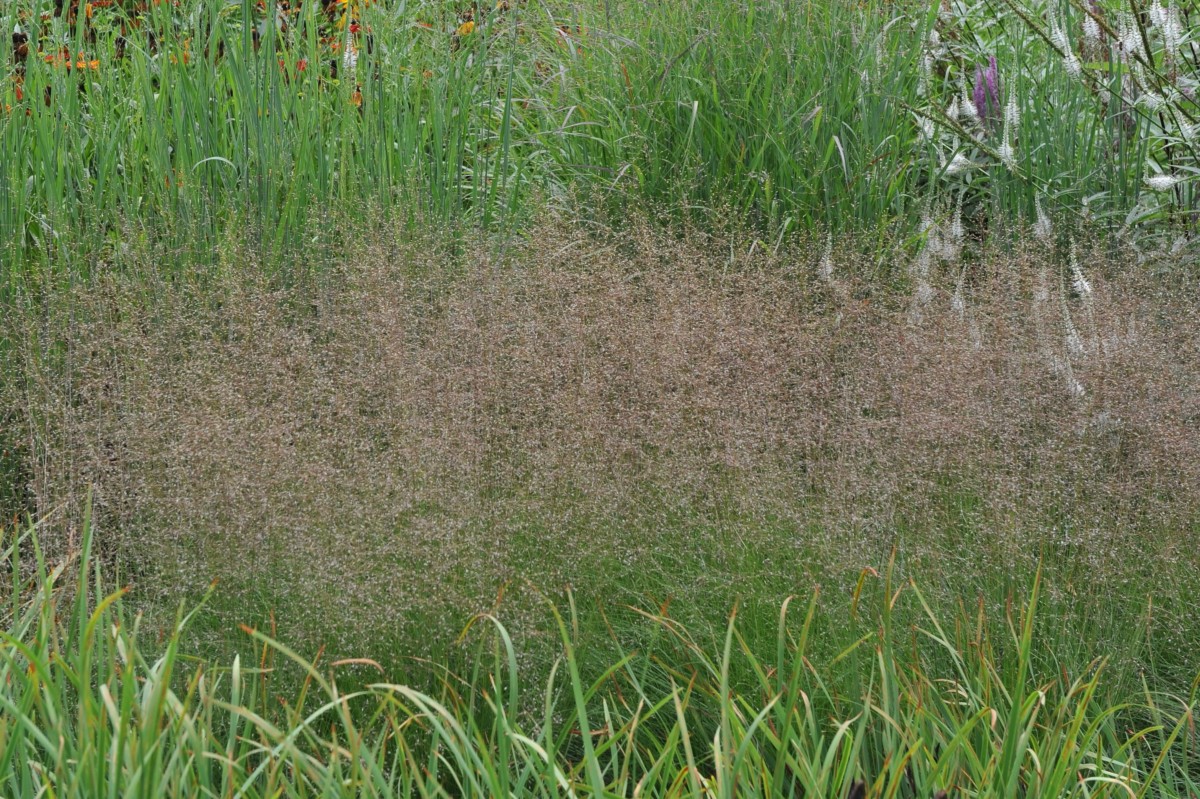
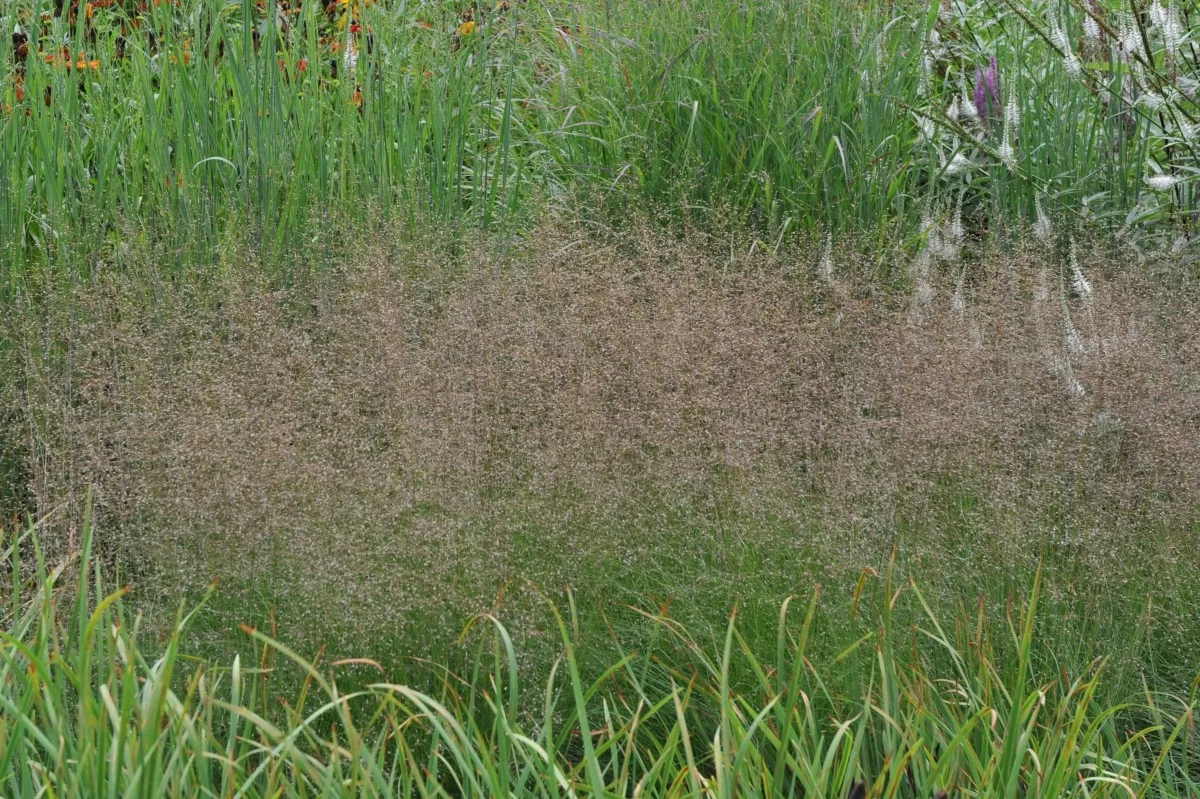
Works finest on the sunny facet and higher edges of a rain backyard. Makes great companion crops with coneflowers, black-eyed susan and phlox.
9. Purple Coneflower (Echinacea purpurea)
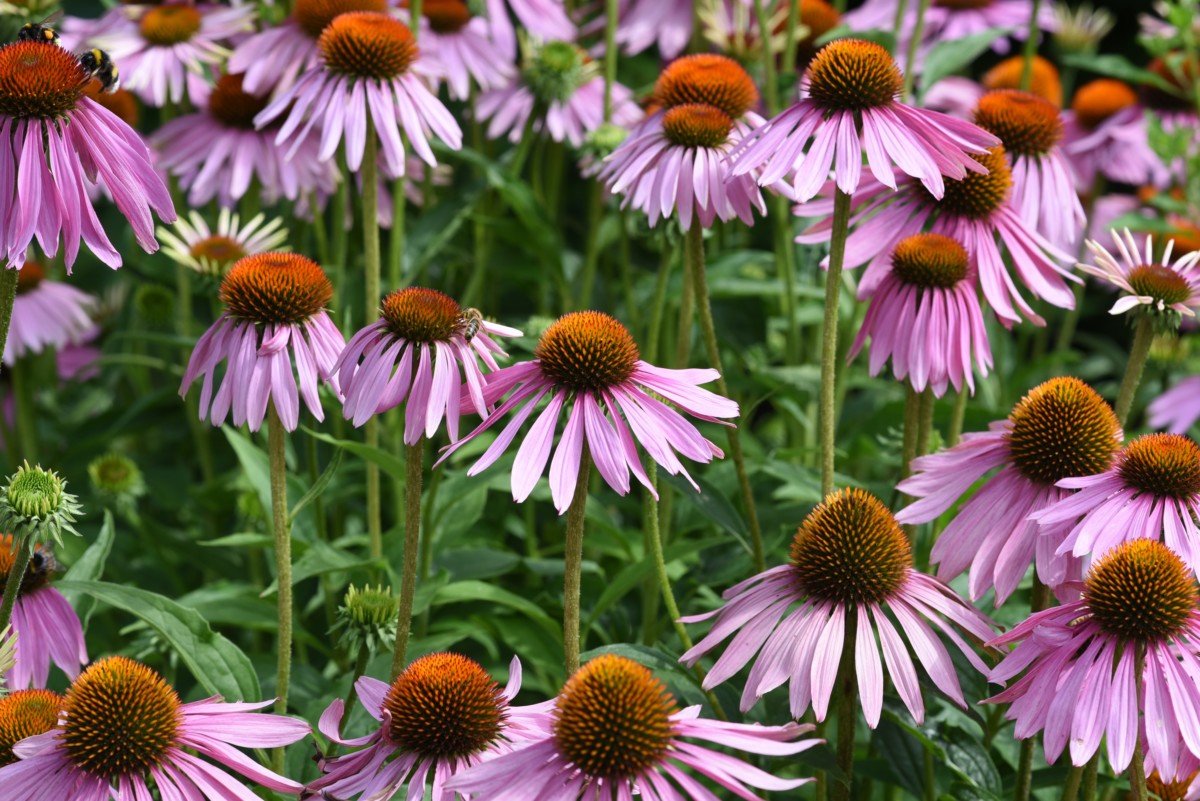
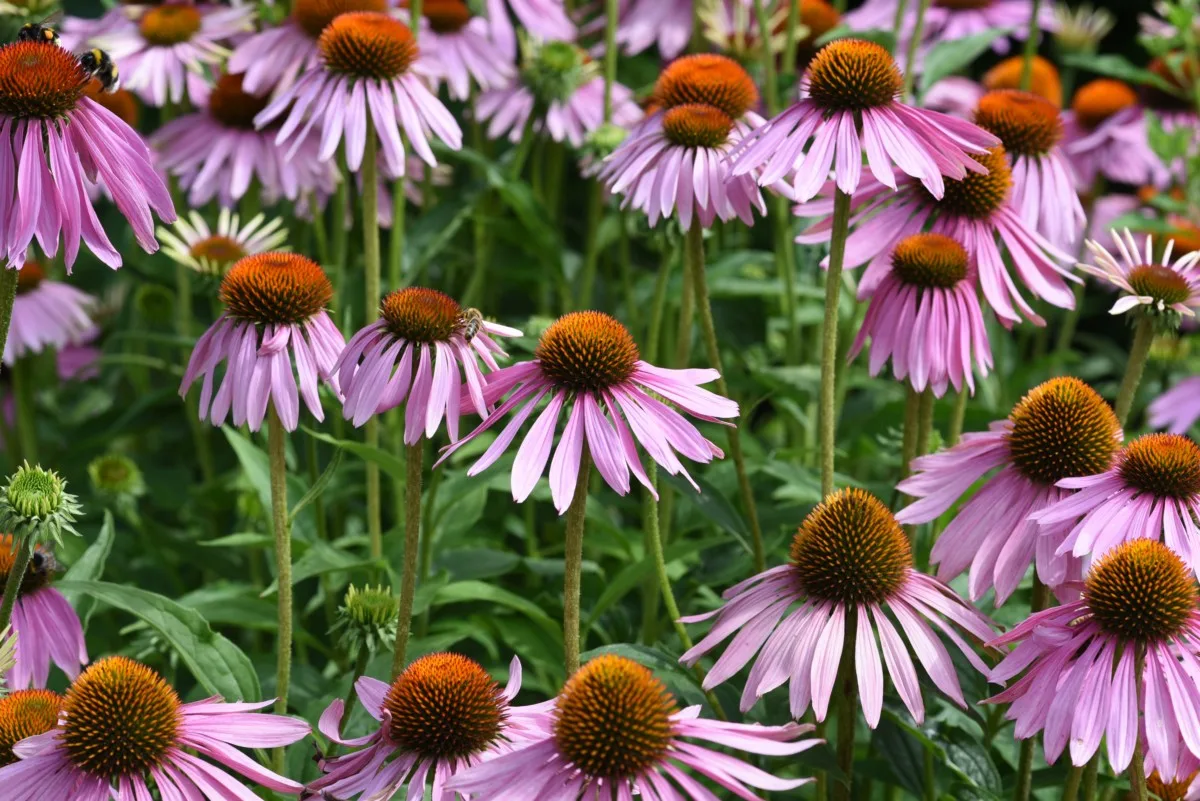
For the slopes of a rain backyard, look no additional than purple coneflowers; in addition to being engaging, in addition they thrive in poor soils.
10. Pink Columbine (Aquilegia canadensis)
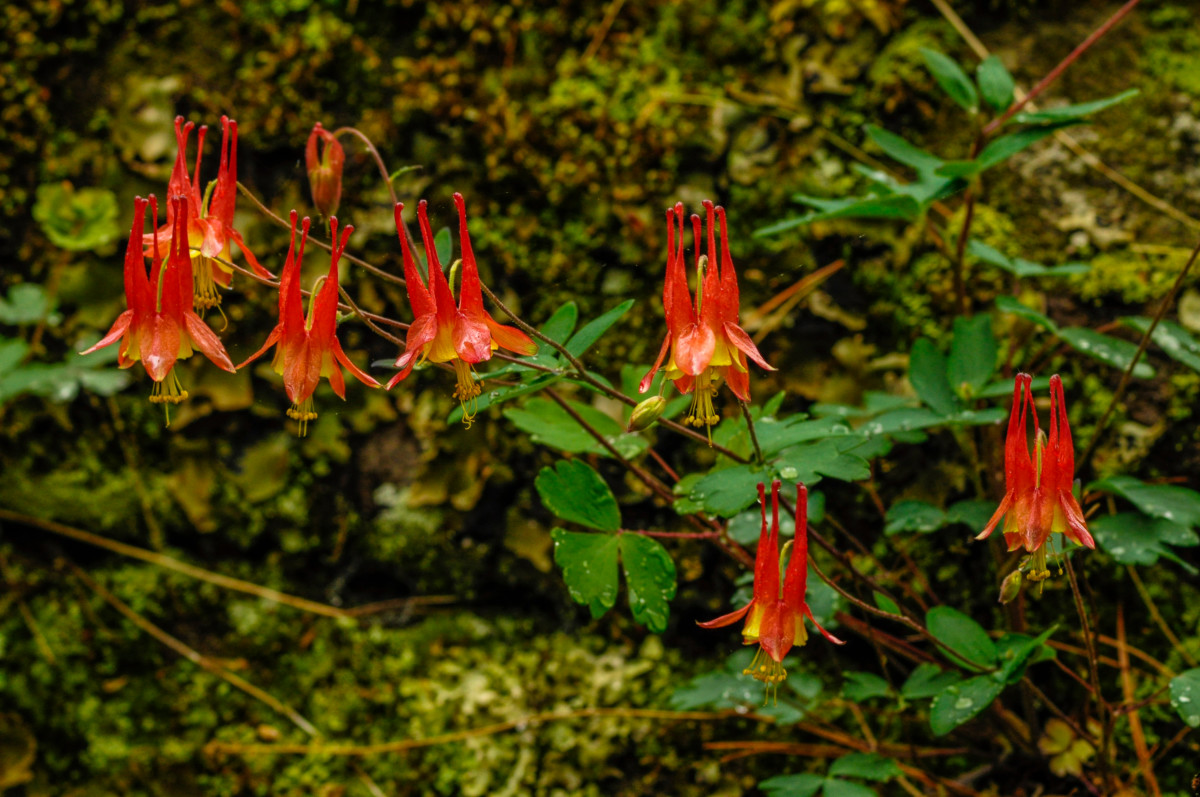
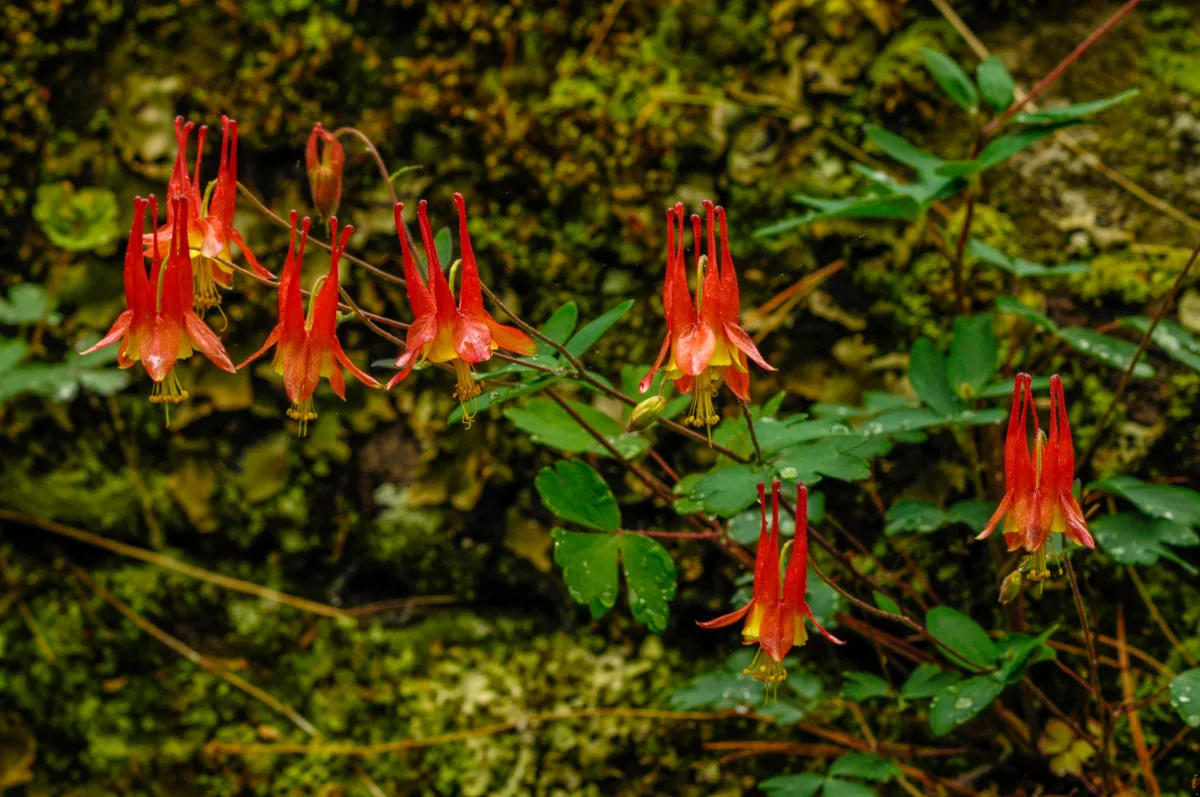
Maybe essentially the most spectacular flower in your backyard shall be this one, which additionally attracts pollinators comparable to hummingbirds, butterflies and hawk moths.
11. Solomon’s Seal (Polygonatum biflorum)
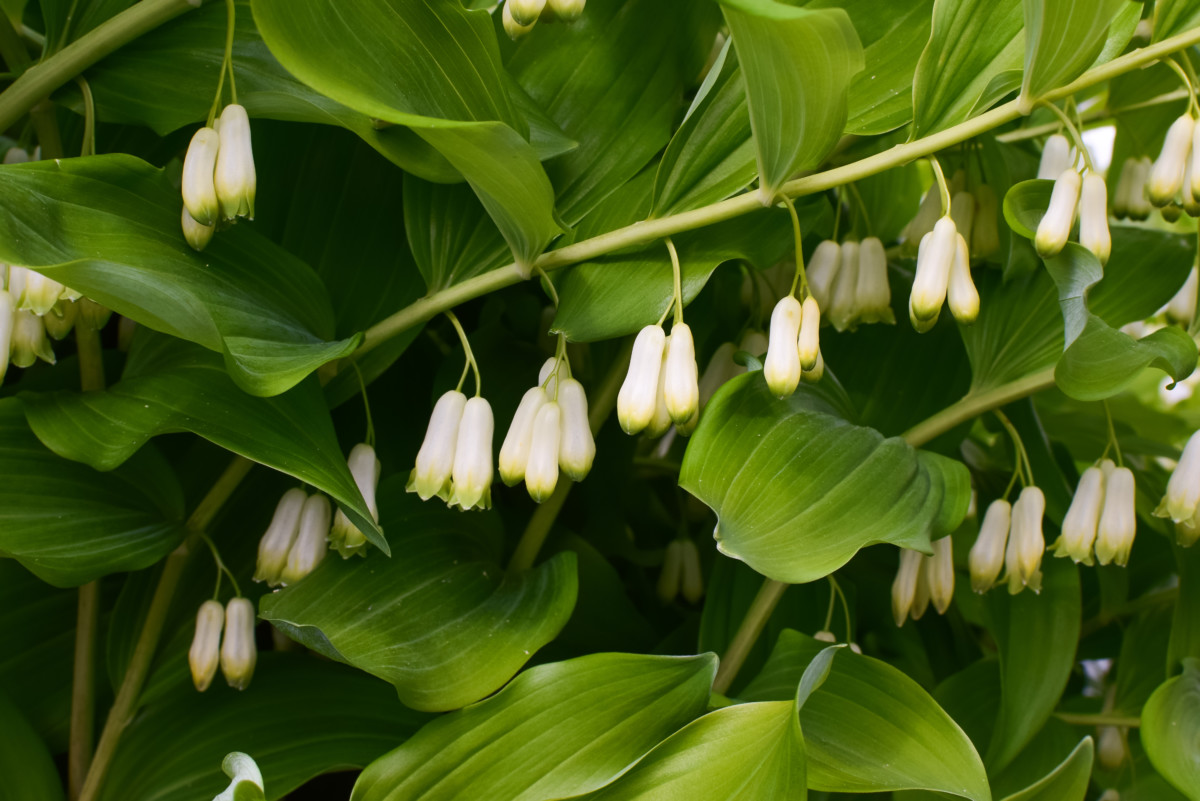
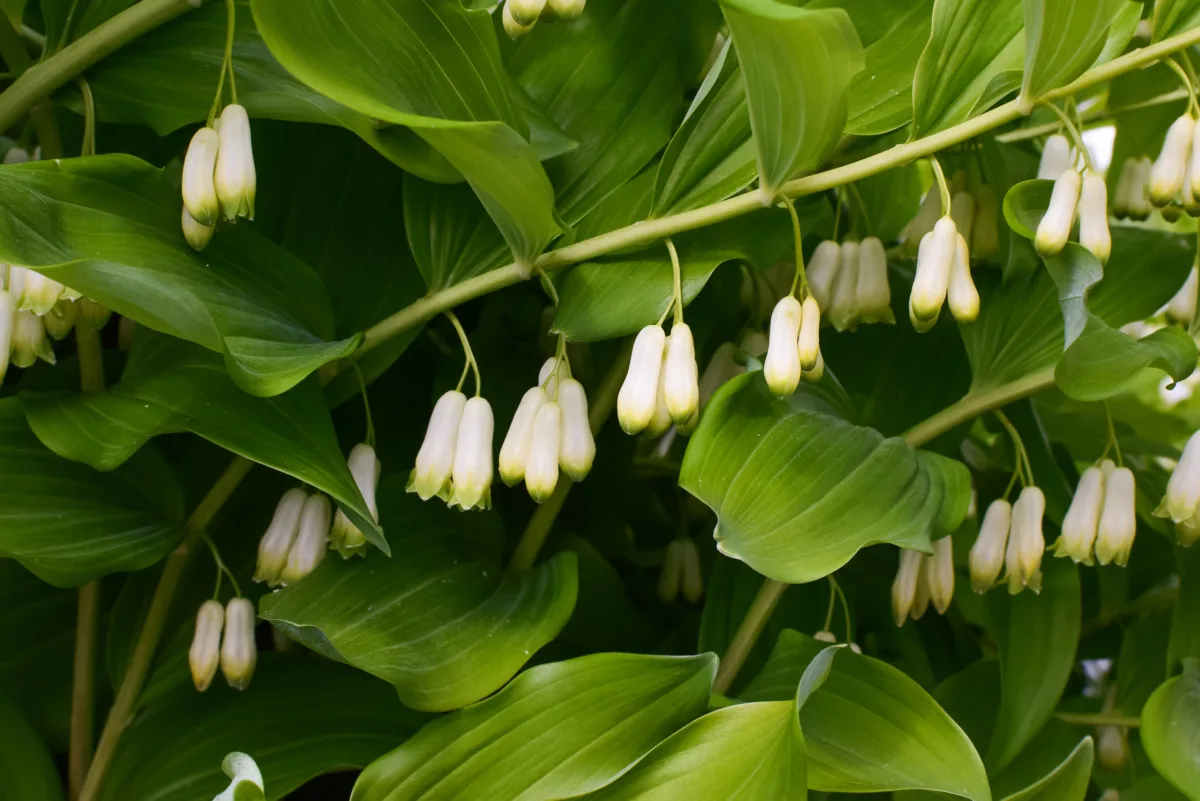
In case your rain backyard has some shade, there are a number of crops for that too. Bonus factors for this one tolerating moist soils.
12. Easy Blue Aster (Symphyotrichum laeve)
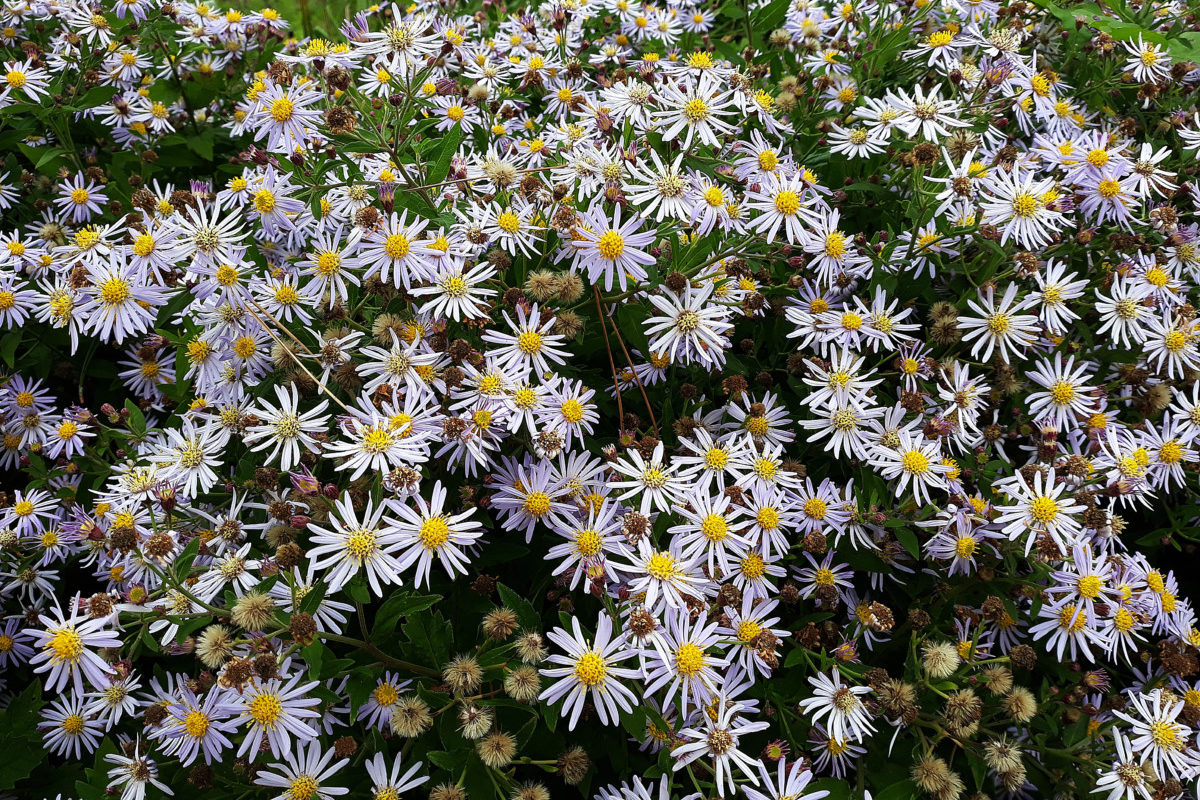
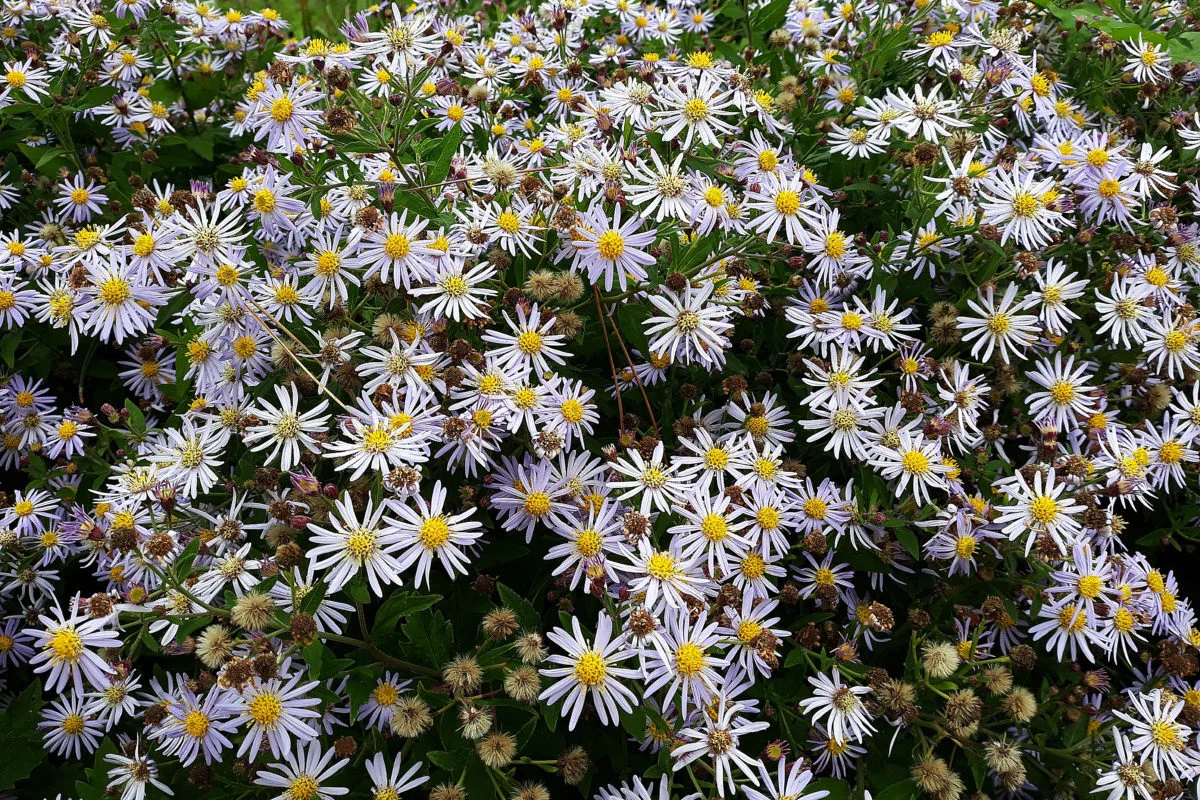
Flowers with a later bloom time are sometimes added to rain gardens for visible attraction. Blue asters produce showy flowers from August to October. They’re a bunch plant for the pearl crescent butterfly.
13. Switchgrass (Panicum virgatum)
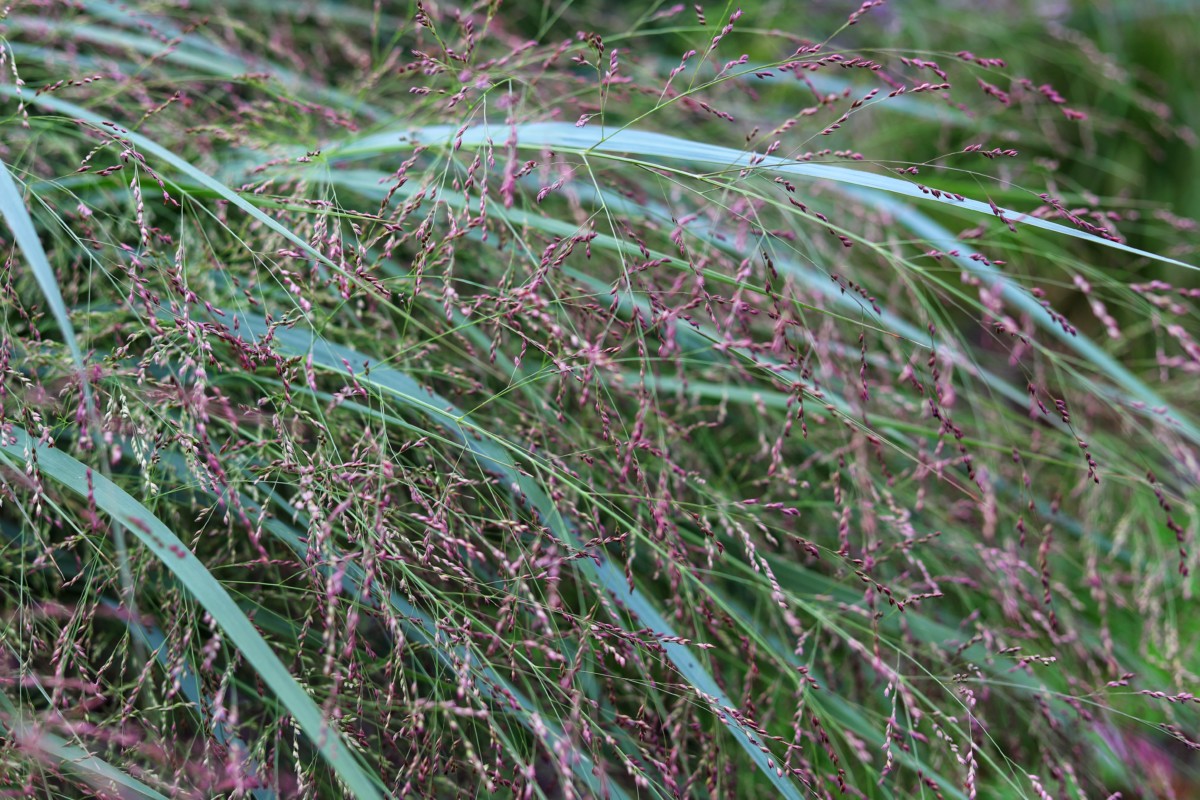
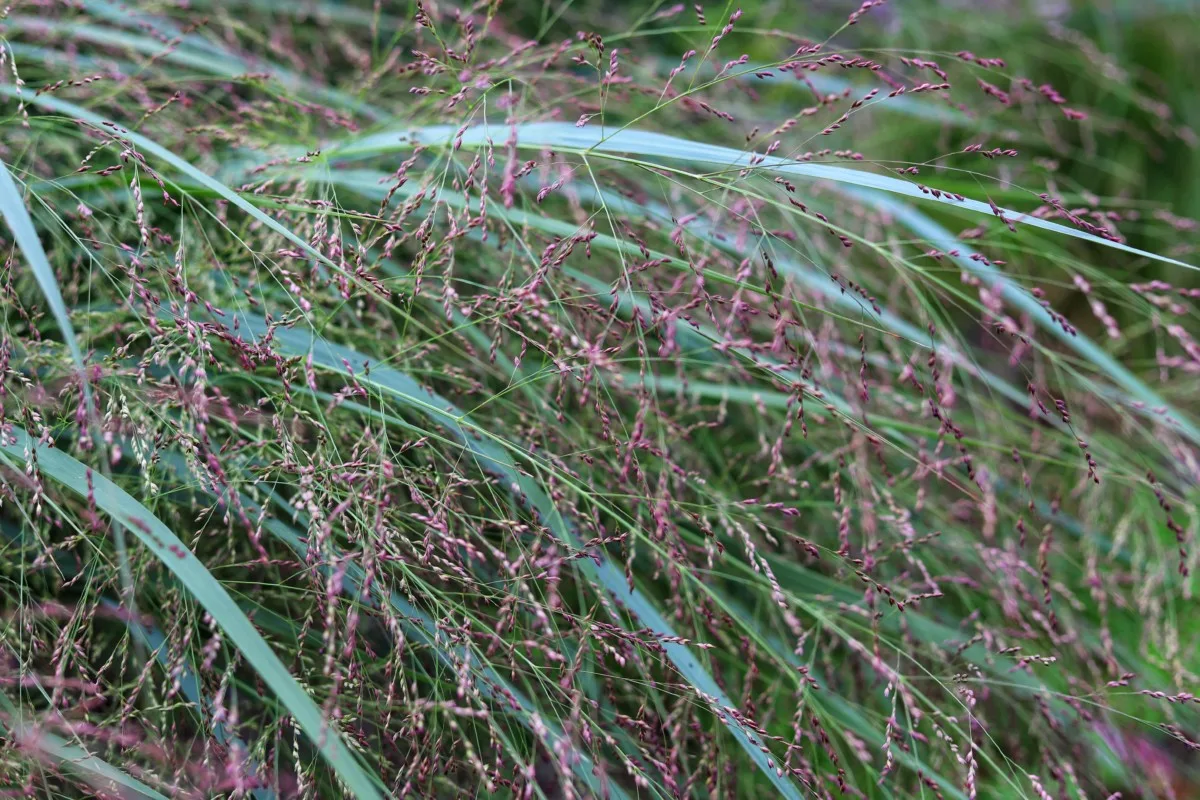
Switchgrass is a perennial warm-season bunchgrass able to withstanding lengthy intervals of drought. It’s proof against many pests and ailments.
14. Wild Geranium (Geranium maculatum)
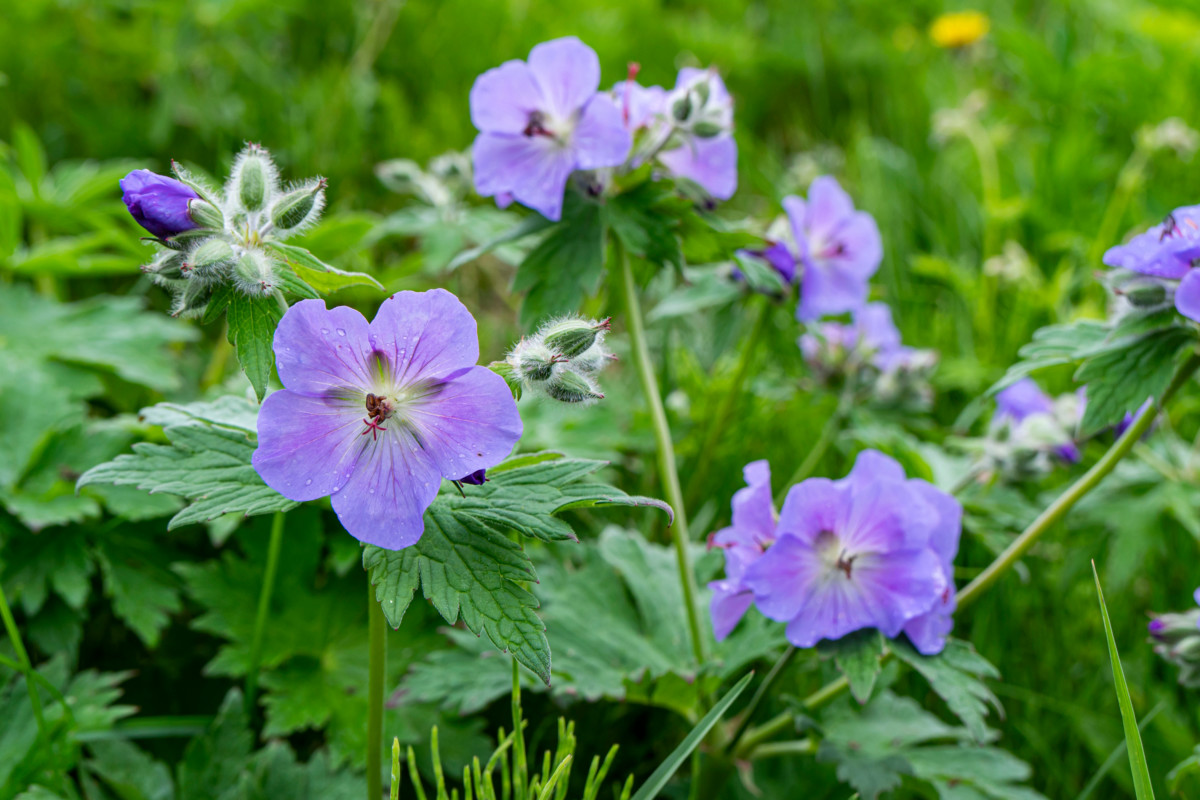
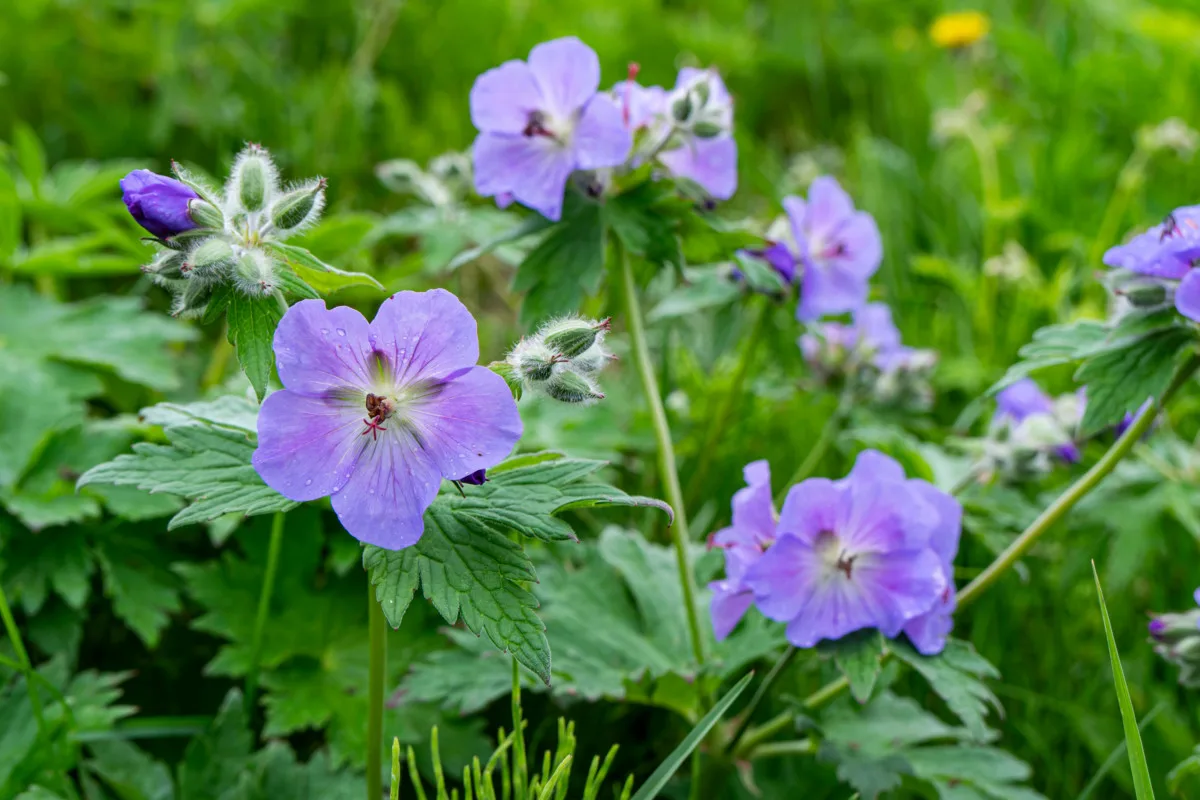
Combines properly with different shade-loving perennials comparable to Solomon’s seal, ferns, widespread mayapple and woodland phlox.
This checklist is brief, so don’t restrict your rain backyard to this checklist of crops alone. Do some more research and discover out what’s native in your neck of the woods.
Associated studying: 20 Crops To Develop In Your Simple-to-Handle Wildflower Backyard
Winter Upkeep of Your Rain Backyard
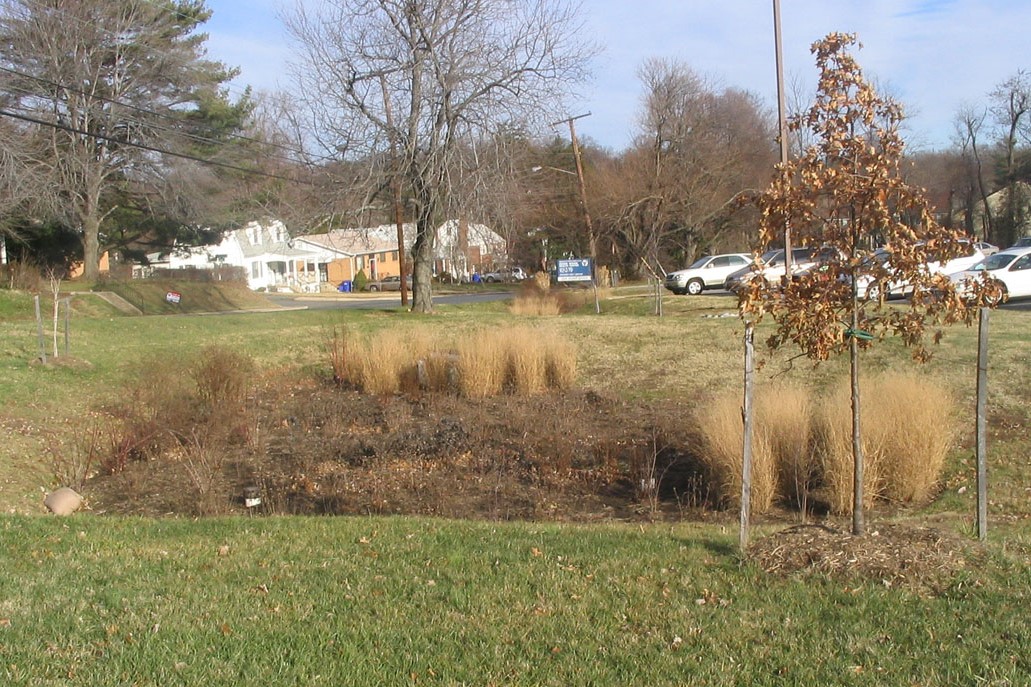
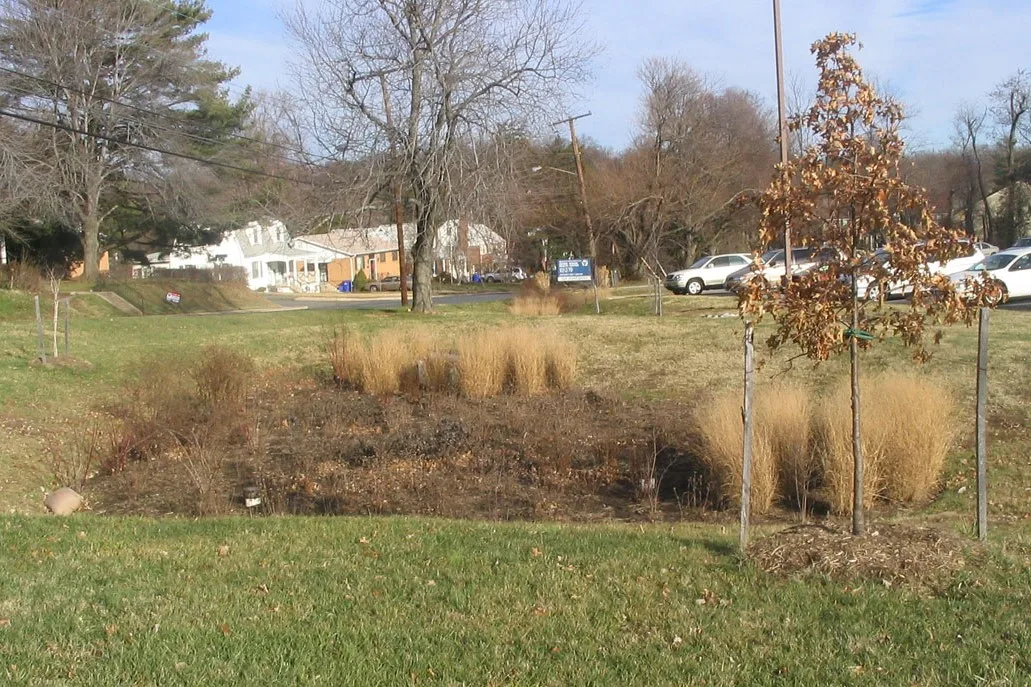
When colder climate comes round, it’s time to make it possible for your rain backyard is prepared for a much-deserved relaxation.
For essentially the most half, it’s like caring for every other yard area. You’ll need to pull up any cussed weeds, on the similar time, examine for gaps within the mulch. Whereas it could be tempting to place your pruners to work, it’s finest right now to solely snip off useless or diseased branches. Save the pruning for the deeper chilly of winter.
- regulate mulch depth to roughly 3″ for one of the best water retention.
- prune again and divide perennials if wanted, and share additional crops with buddies and neighbors.
- go away the seeds on native crops until spring – they might be a winter supply of meals for wildlife.
- take away leaves from the ponding space, making a leaf mildew additional away.
- examine for potential erosion, correcting that if crucial.
Apart from that, all of your backyard wants is a few endurance in your half to permit it to grow to be established. Give it two years or extra to show right into a implausible rainwater filtering backyard. You’ll be glad you probably did.
When you have different targets, comparable to with the ability to save that treasured rainwater, you gained’t need to miss out on this text: Set Up a Rainwater Assortment System & 8 DIY Concepts

Get the well-known Rural Sprout publication delivered to your inbox.
Together with Sunday ramblings from our editor, Tracey, in addition to “What’s Up Wednesday” our roundup of what’s in season and new article updates and alerts.
